
Court halts mine expansion as First Nation challenges B.C.’s decision to greenlight it
Court sides with Xatśūll First Nation, temporarily halting Mount Polley mine waste expansion
Just before the 2022 provincial election, Doug Ford said five words Ontarians hadn’t heard often during his first term.
“I believe in climate change,” he told reporters in May, days after a deadly derecho storm left hundreds of thousands of homes east of Toronto without power and left three municipalities in a state of emergency. “And we’re doing everything to prevent it by building electric vehicles, having investment into the battery plants.”
The premier’s second term has seen a lot of promises around electric vehicle production — and even some commitments from manufacturers. But arguably, the Progressive Conservatives’ latest tenure has been defined more so by lost battles over land use, as the province opened up land in the protected Greenbelt to get “more homes built faster” — and then reversed it, though the government is still pushing a couple highway projects through the protected area.
Playing in the foreground now is a looming energy supply crisis, which the Ford government is largely planning to tackle through a steep increase in natural gas use that will likely grow Ontario’s emissions. But it has also shown renewed interest in renewable energy, which again reverses Progressive Conservative policies and promises: one of the government’s first moves in power was to cancel hundreds of clean energy contracts and policies.
Meanwhile, the government has done little to push forward climate adaptation efforts despite it being called for by the first comprehensive province-wide study of the impacts of climate change. Released in August 2023, it found that without serious climate action Ontarians will face four times as many days of extreme heat, which will hurt businesses, vulnerable populations (particularly Indigenous and homeless communities) and the province’s ability to grow food. The government has downplayed its findings and seems to be avoiding its suggestions.
For the second time, The Narwhal is keeping a running tally of how the Ford government is reshaping environment, climate, conservation and energy policy. Stay tuned for updates — and if you’d like a refresher on what happened in the Progressive Conservatives’ first term, go here.
Since 1993, the Ontario government has been legally mandated by the Environmental Bill of Rights to consult the public before changing environmental or energy policy, with the independent environmental commissioner’s office acting as a watchdog.
When the Ford government axed the commissioner’s office in 2019, those responsibilities shifted to Ontario’s auditor general. Every year since, the watchdog has found recurring violations.
In her 2022 review of how the Ford government is upholding the bill of rights, former auditor general Bonnie Lysyk found the Progressive Conservatives did not properly consult the public about three major policy changes that affected the environment, including housing policy, plans to build small modular nuclear reactors and the development of a low-carbon strategy.
This vacuum of consultation and clear information continued in 2023, when that year’s acting auditor general Nick Stavropoulos called out the government for creating a new energy plan without consulting Ontarians, and for understating the consequences of weakening protections for wetlands.
The year 2024 brought a new auditor general, Shelley Spence, and a fresh round of critiques. Though the province is supposed to be using its online environmental registry to inform the public, an audit of the postings there found one in five lacked important context — and the government is increasingly using it to post “self-congratulatory” notices to promote its plans instead of explaining them.
The auditor general’s office isn’t the only one noticing the Ford government’s failure to meaningfully consult the public. The Chiefs of Ontario are still calling for the repeal of a major omnibus housing act introduced in 2022, Bill 23, citing the Progressive Conservatives’ lack of consultation with Indigenous communities. Two court cases are also challenging the Ontario government’s failure to consult First Nations about mining claims staked in their territories.
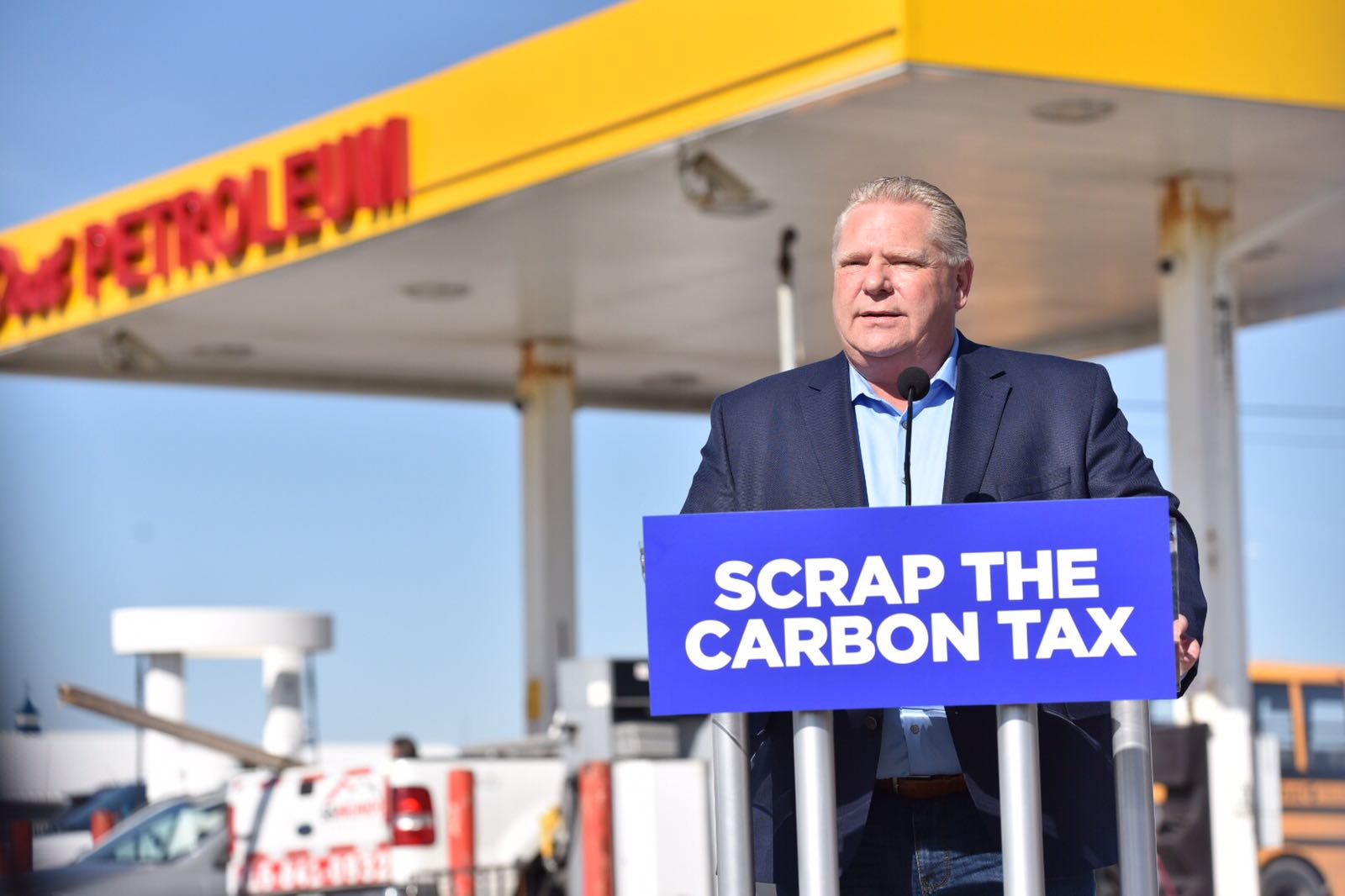
In fall 2024, most of the chatter at Queen’s Park revolved around two words: bike lanes. The premier teased the move for weeks, taking aim at two particular downtown Toronto bike lanes that he passes by on his way to work. He also blamed bike lanes for causing traffic woes, even though evidence shows bike lanes usually make congestion better.
In October, the government hit the gas pedal on the plan and introduced a bill that allows the province to take out existing bike lanes — and restrict new ones. Even before the bill passed, Ford said his decision to take out his three least-favourite bike lanes — on Bloor and University avenues, and Yonge Street — was a done deal.
The move was divisive, sparking protests and concerns about cyclist safety. Critics also pointed out that taking away bike lanes encourages the use of emissions-intensive vehicles, with consequences for human health and climate change. Opposition parties also accused Ford of trying to sow division to distract from other problems, like the ongoing crisis in Ontario’s health care system.
The changes also raised red flags internally: government staff warned restricting bike lanes may not help traffic, according to an internal government document obtained by several news outlets.
Transportation Minister Prabmeet Sarkaria, whose ministry will oversee the bike lane removals, hasn’t said exactly which sections of bike lane will be removed. But with the bill now passed, the province is planning to wait at least until spring 2024, according to an email obtained by The Trillium.
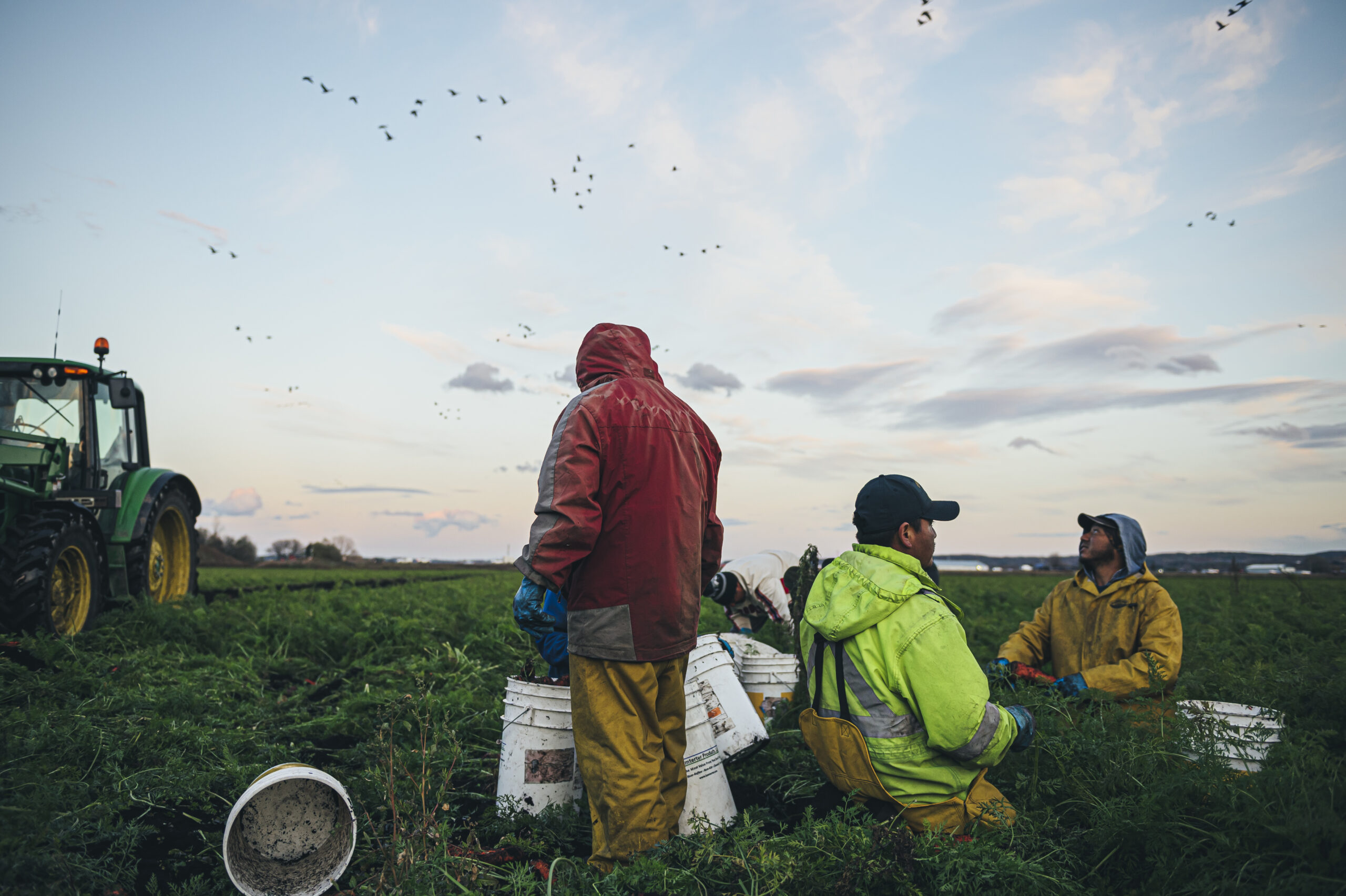
On Nov. 4, 2022, the Ford government announced plans to open up 7,400 acres of Greenbelt land in southern Ontario for housing development — a stark reversal of the premier’s years of promises to never touch it. Then-municipal affairs and housing minister Steve Clark, who had also previously promised not to touch the protected area, said the move would help the province build 50,000 new homes, a small fraction of its goal of 1.5 million homes over the next 10 years.
In exchange, the province added 9,400 acres of other land to the Greenbelt, which was mostly protected under other mechanisms anyway. The move went against the advice of the government’s own housing affordability task force, which said Ontario’s housing crisis can be solved without cutting into the Greenbelt. It also touched off a political scandal that, over the course of 2023, gradually engulfed the government until Ford saw fit to reverse the changes.
Two weeks after the government announced it would cut into the Greenbelt, an investigation by The Narwhal and the Toronto Star found developers with Progressive Conservative ties were the main beneficiaries of that land swap.
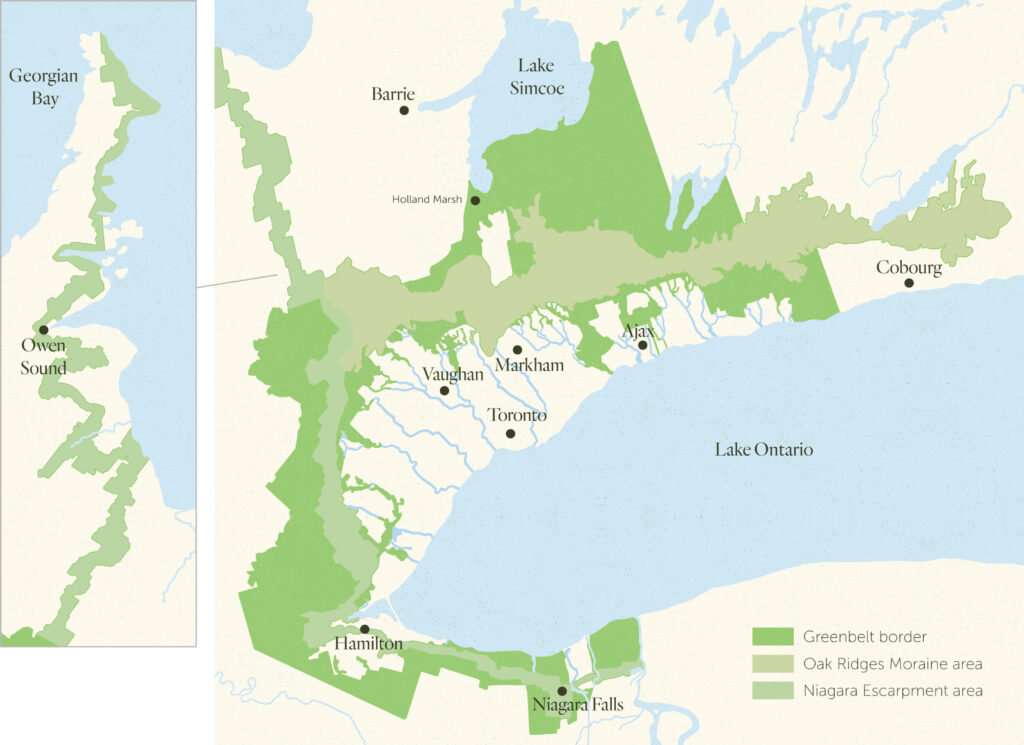
The reporting prompted the opposition parties to ask two watchdogs, Ontario’s integrity commissioner and auditor general, to investigate what had happened. Those watchdog reports landed in August 2023, revealing the government selected the land it removed from the Greenbelt in response to requests from well-connected developers. The findings also documented other problems that sparked more public backlash, and over the course of two chaotic months, as Ontarians protested and the government remained defiant, two senior staffers and two ministers resigned, including Clark.
Finally, on Sept. 21, 2023, Ford reversed the decision and apologized. His government passed a bill to officially put the 7,400 acres back into the Greenbelt in December, while also leaving the 9,400-acre addition in place. The Greenbelt technically ended the year slightly bigger than it was before.
The RCMP opened an investigation into the Greenbelt changes in fall 2023, which is ongoing. As of fall 2024, Mounties had begun interviewing current and former aides to Premier Doug Ford.
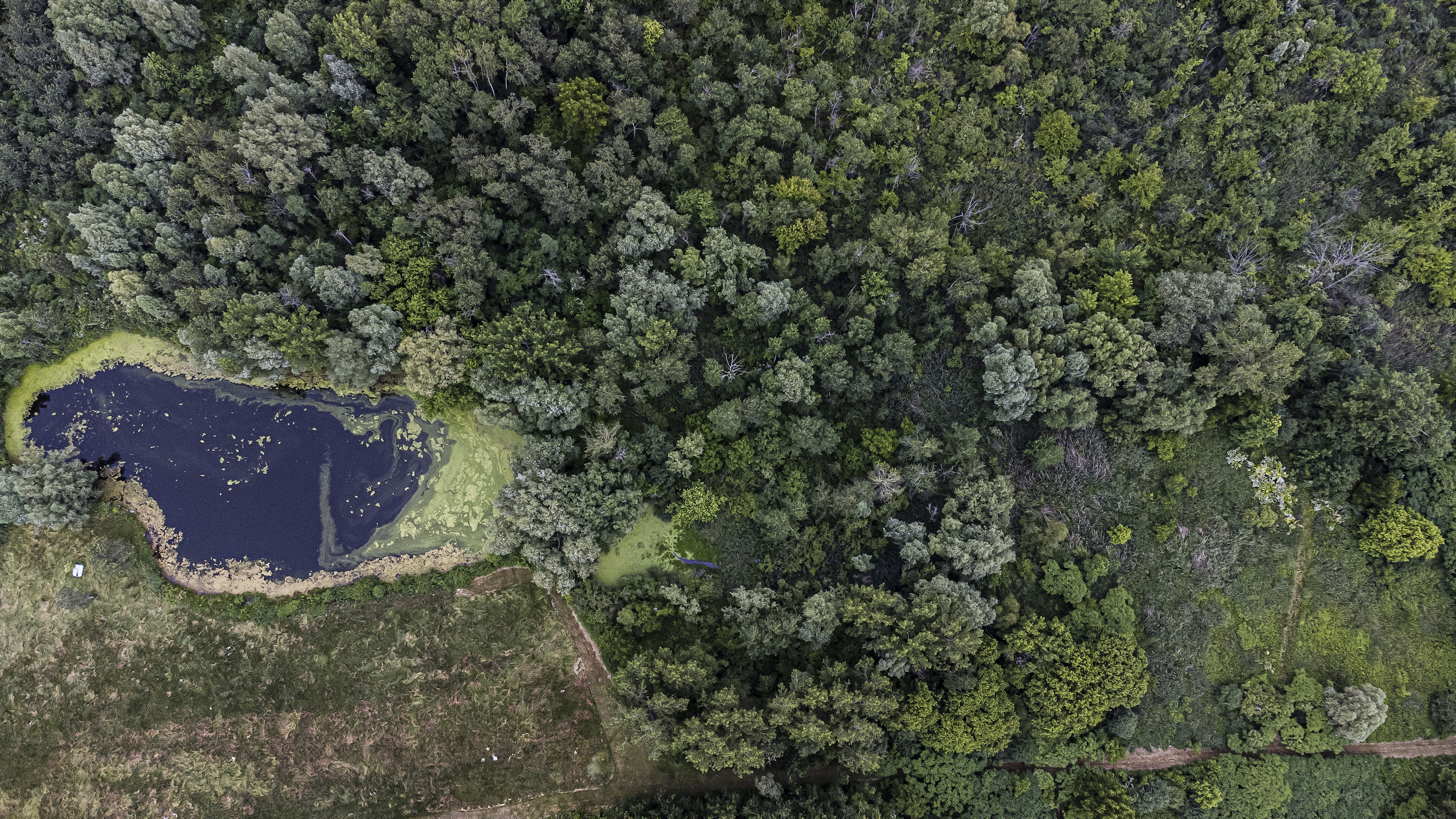
The Ford government’s plan to make it easier to build housing also included measures that would make it more difficult for wetlands in Ontario to be protected. This is significant because Ontario has very few wetlands left — and because bogs and swamps help sequester carbon and mitigate floods.
Experts evaluating which wetlands are eligible for “provincially significant” status, which protects them from development, are guided by a manual from the province’s Ministry of Natural Resources, which outlines rules to score wetlands based on their benefits to the ecosystem. In 2022, the government pushed through a huge rewrite of that manual.
The biggest changes eliminated two major avenues for wetlands to qualify as provincially significant. First, wetland evaluators now can’t consider whether the habitat is important to species at risk. As well, wetlands must now qualify in isolation — disconnected from the wetland complexes of which they’re often a part. That means very few wetlands will actually be eligible for the protection, experts told The Narwhal, particularly smaller wetlands that don’t seem important on their own, but are part of complex watersheds and migration paths.
The new rules, finalized in December 2022, also give the province the ability to remove protection for wetlands that qualified under the old requirements but not under the new ones.
Wetland experts told The Narwhal the changes could contribute to problems with flooding, worsening water quality and the decline of endangered species.
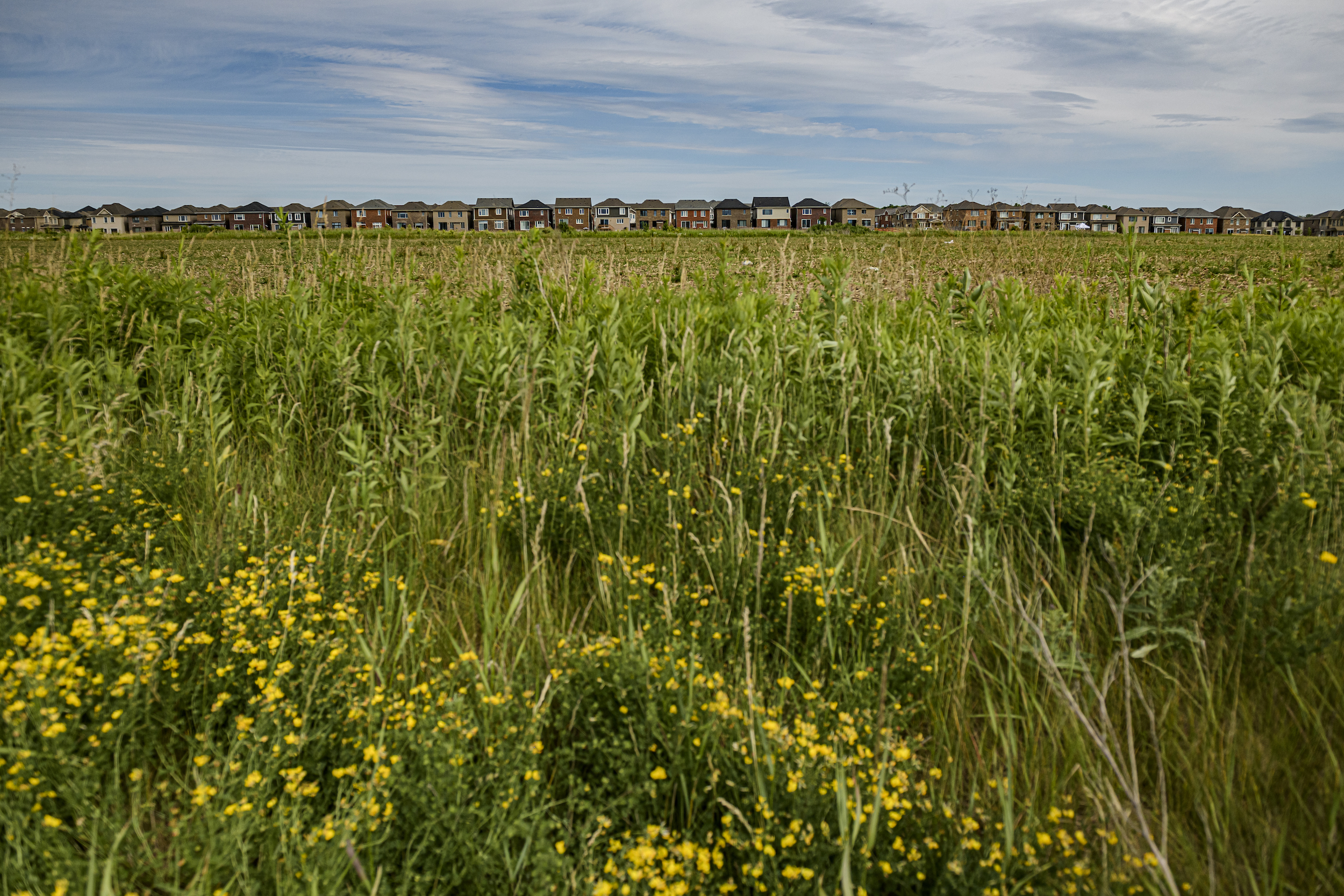
For the second time in five years, Ford’s Progressive Conservatives have disempowered conservation authorities, agencies unique to Ontario that are tasked with protecting watersheds. This time around, the gutting came via Bill 23, which weakens the authorities’ oversight powers over development plans, and instructs them to find land in the natural conservation spaces they protect that could be suitable for development. It also empowers the natural resources minister to issue development permits without conservation authority review.
The list of changes is extensive. It includes watering down the criteria conservation authorities can use to review development — they can no longer consider “pollution” or “conservation of land.” The authorities are also no longer mandated to work with municipalities to ensure vital environmental spaces that supply drinking water and contain wildlife habitat aren’t damaged: these relationships are now optional and can only be advisory. For the most part, the important responsibilities of a conservation authority are now being downloaded to municipalities, which even developers say have neither the in-house technical expertise nor the financial capacity to take on.
The government has said repeatedly that conservation authorities will maintain their key role: to protect people and property from flooding. But authorities say the sweeping changes were made quickly and without any consultation. The new regulations came into full effect on April 1, 2024.
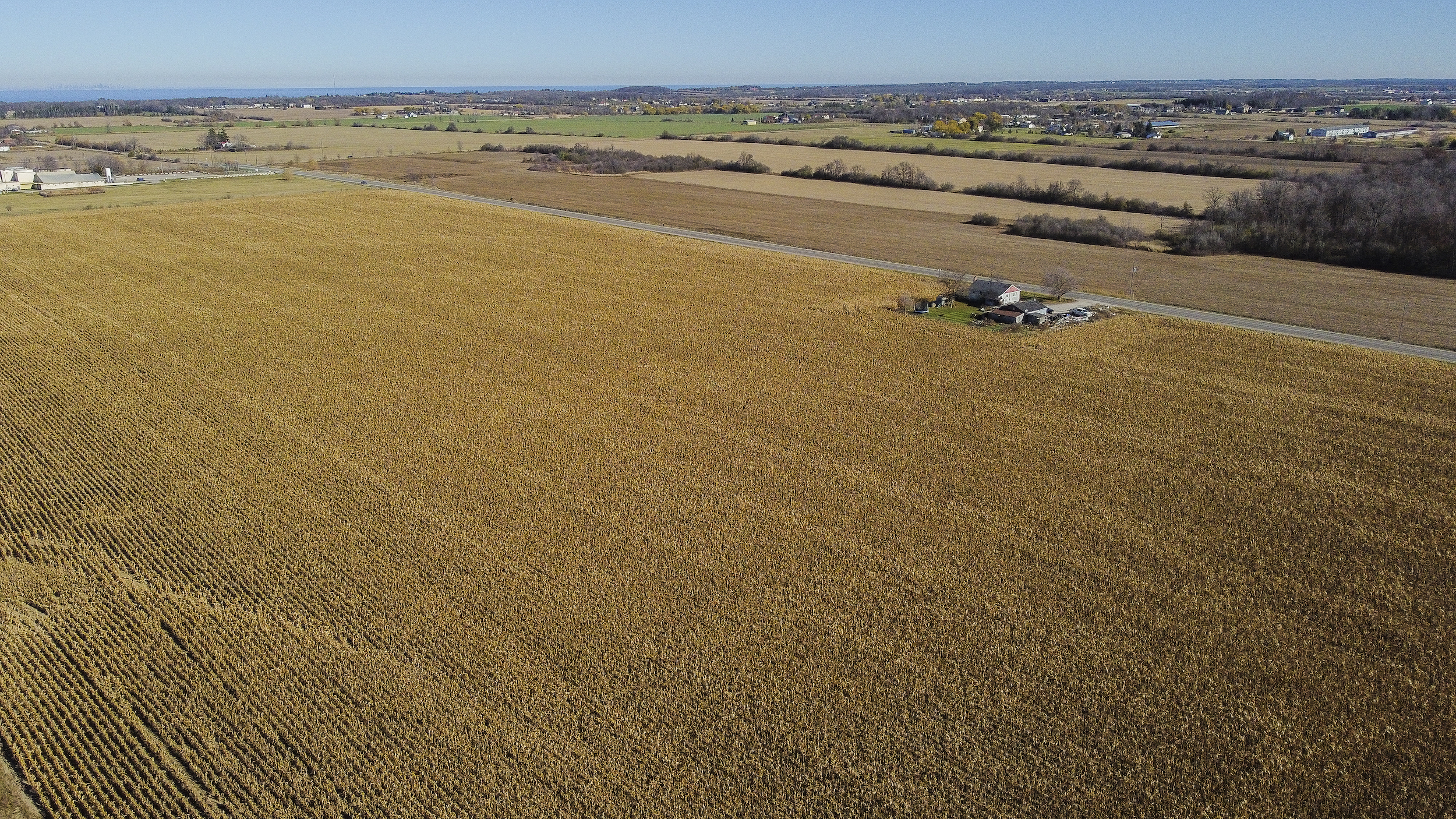
On a Friday afternoon in November 2022, the Ford government released a series of bombshell decisions about municipal growth plans. These unilateral decisions ordered some of Ontario’s largest urban centres to expand beyond their current boundaries and start allowing development on farmland and green space that many local residents had clearly signalled they wanted protected. These decisions could not be appealed.
In Hamilton, the municipal government underwent a year-long public consultation that saw 18,000 residents opt for intensifying development instead of permitting sprawl. Halton Region took a similar stance after a detailed study of its residents’ housing needs, concluding it could meet growth targets through intensification.
Despite all this, both Hamilton and Halton Region were overruled by the Ford government and ordered to extend their urban boundaries, as were 10 other municipalities including Waterloo Region, Wellington County, Belleville and Peterborough.
An investigation by The Narwhal showed the province made many of the changes to Hamilton’s urban boundaries in response to requests from unnamed third parties. The move came in the face of public opposition and warnings from public servants about potential environmental consequences.
Then, reports from both the auditor general and integrity commissioner revealed some of the same government staffers and developers implicated in the Greenbelt scandal had been involved in the urban boundary decisions. The government backtracked in October 2023, a year after the original decisions, with Housing Minister Paul Calandra saying they weren’t done “in a manner that maintains and reinforces public trust.”
“The process was one that I was just not comfortable with,” Calandra told reporters. “I think there was just a little bit too much involvement from the minister’s office, from individuals within the previous minister’s office.”Calandra asked municipalities to give their feedback on original growth plans again, and through 2024 set about amending and finalizing revised versions.
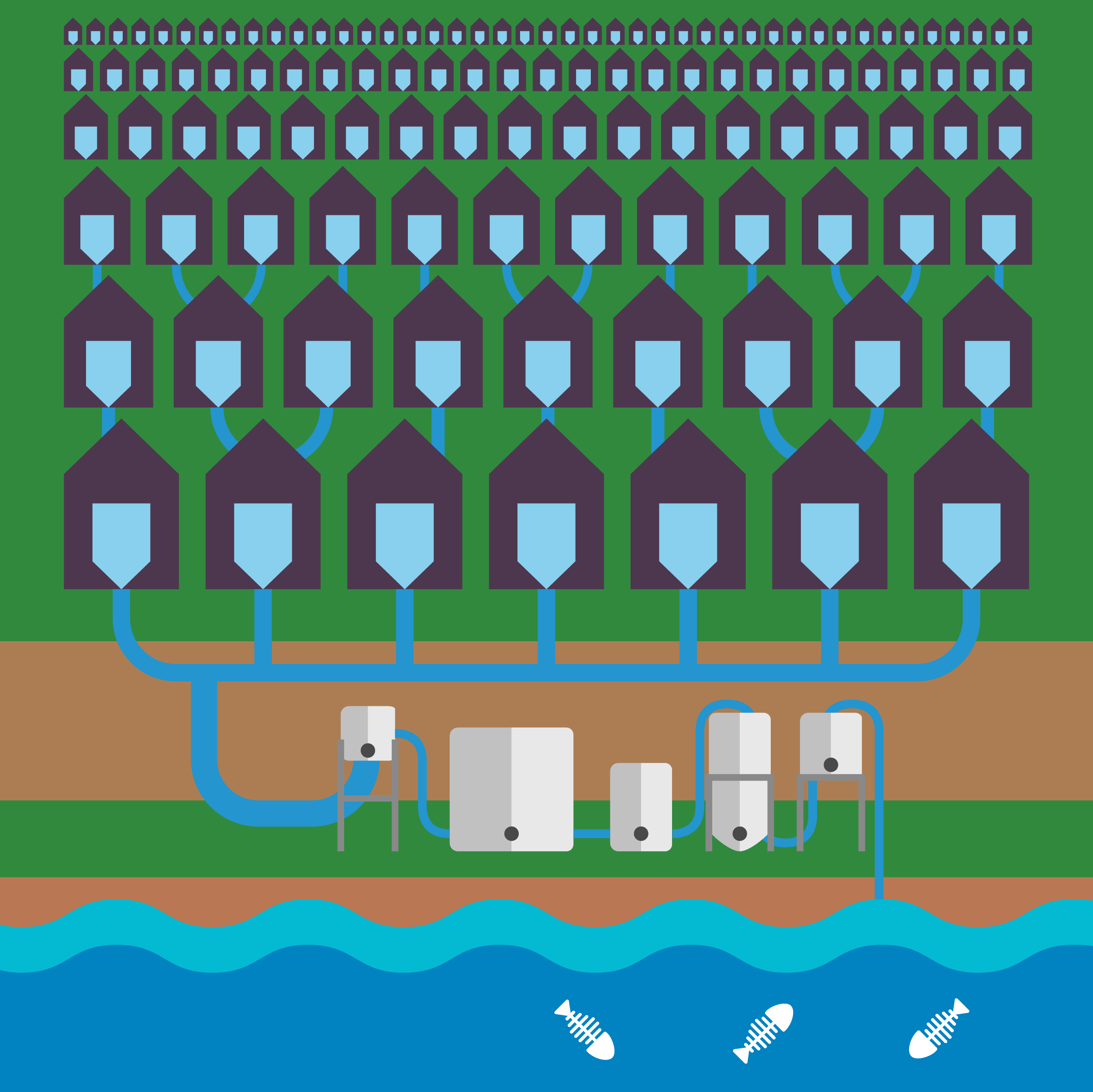
In October 2023, the Ford government also made a sudden decision not to build a contentious sewage facility in York Region that has been fiercely debated and delayed for 13 years.
One of the big challenges with residential development is ensuring new neighbourhoods are properly serviced to support a growing population, including with wastewater infrastructure. Development cannot begin without these pipes and supporting facilities in place.
Since 2009, York Region, north of Toronto, has been trying to set up a new sewage plant to serve the rapidly growing towns of Aurora, Newmarket and East Gwillimbury. Successive governments have long delayed making a decision on this facility. In the fall of 2020, the Progressive Conservatives offered an alternative solution: instead of creating a new facility that would dump sewage in Lake Simcoe, it proposed to expand the sewage lines from York Region to reach the existing high-tech Duffin Creek Water Pollution Control Plant in Pickering, which releases treated water into Lake Ontario.
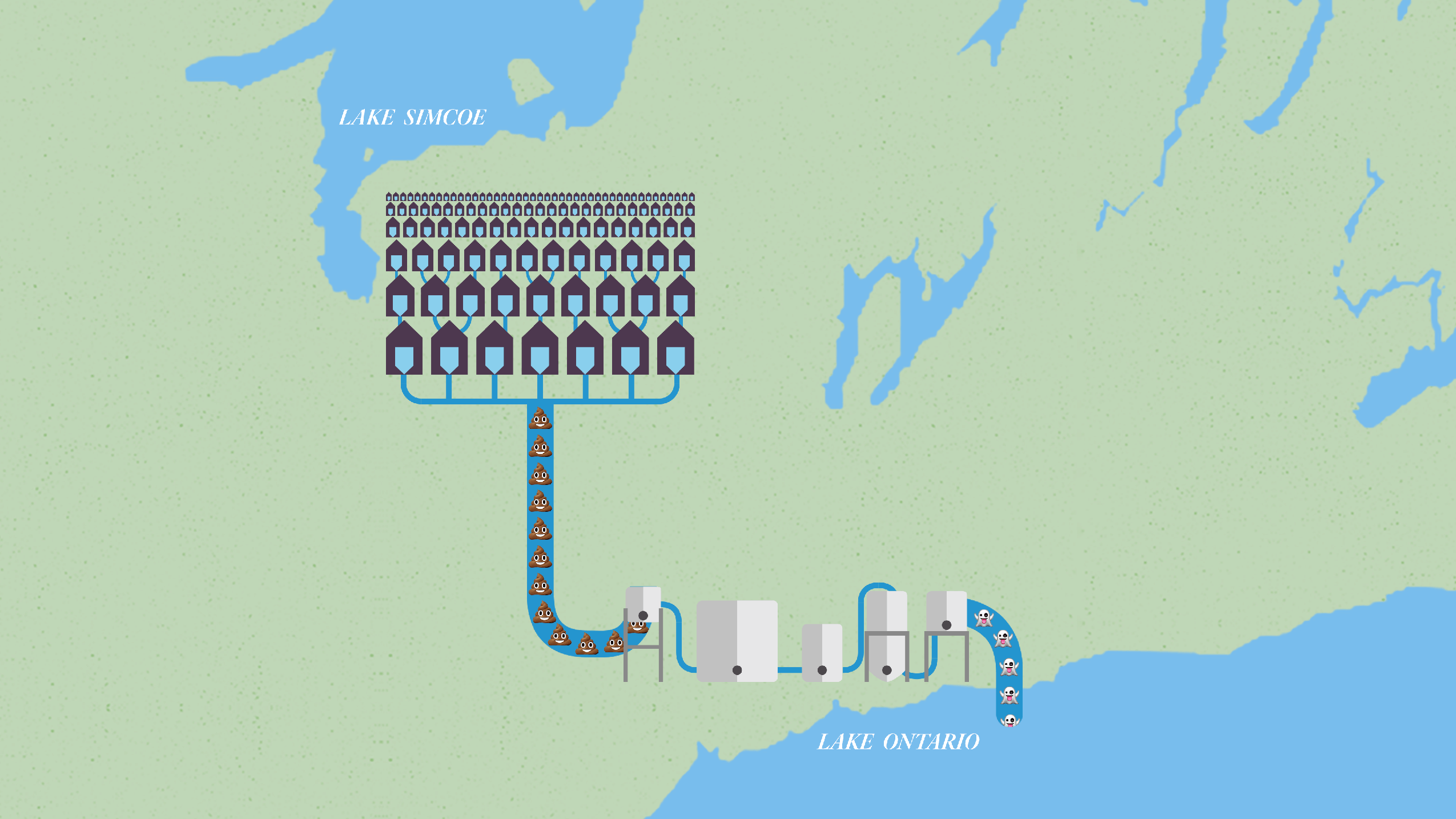
Ontario’s proposal is to permanently increase the quantity of water — by tens of millions of litres — moving between these two Great Lakes regions, which could irreversibly change and harm them: sewage carries the mineral phosphorus that can cause excess algae to grow in water, which could impact the quality and quantity of clean drinking water available to residents. It could also breach an international agreement Ontario signed in 2005, pledging to protect and improve the Great Lakes ecosystems in perpetuity. This proposal has been greenlit, despite the controversy.
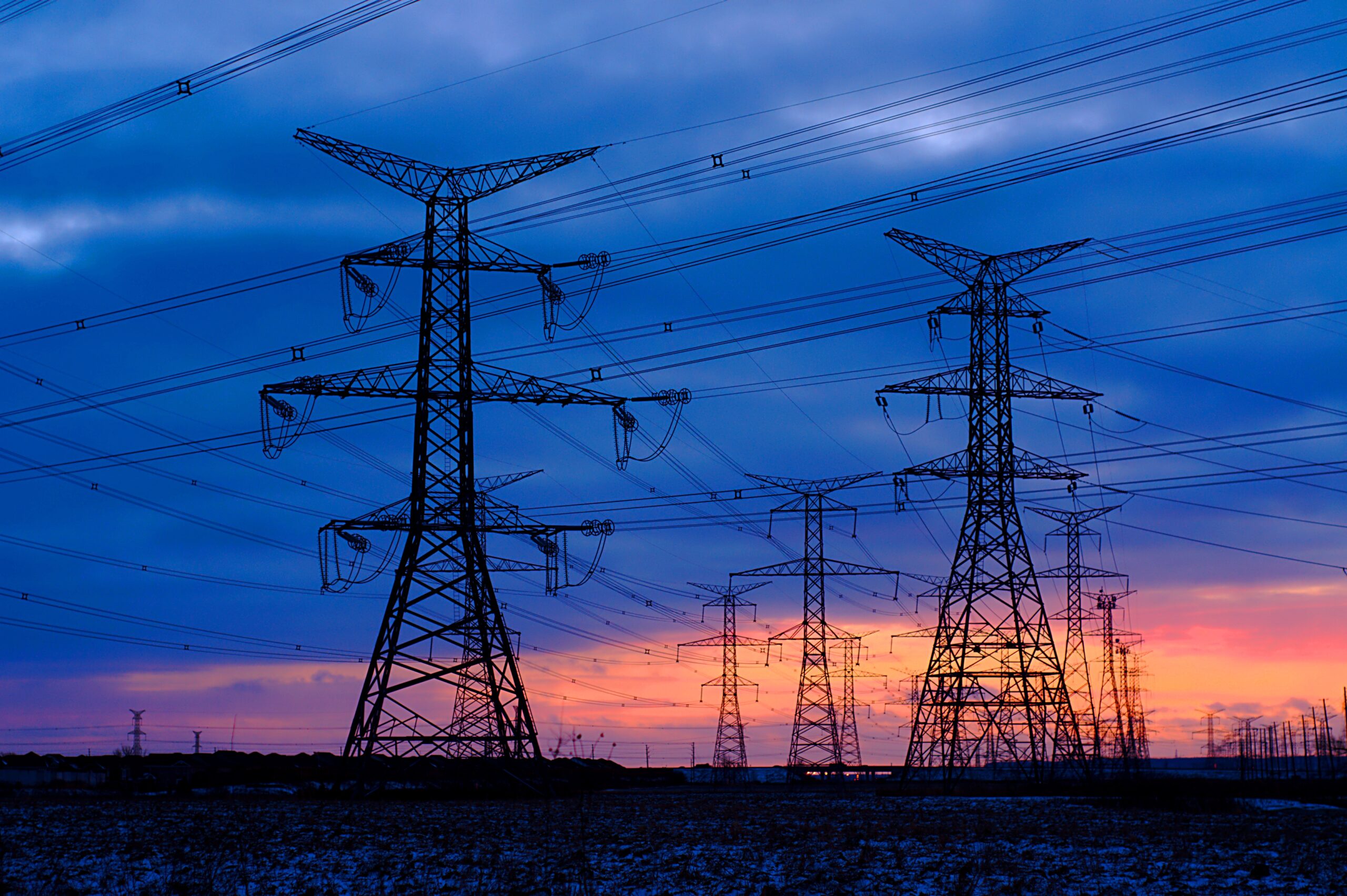
One of the first things the Ford government did after first taking power was lay waste to clean energy, cancelling hundreds of solar and wind contracts, including a wind farm already under construction in Prince Edward County.
But in the government’s second term, green energy is back in a big way — as are methane-heavy gas plants.
The government has adopted an “all of the above” supply approach to stave off a looming energy supply shortage, caused by a growing population, the aging-out of nuclear plants and a shift to the electrification of transportation and industry. On Oct. 16, the Independent Electricity System Operator said electricity demand is set to rise 75 per cent by 2050 — far higher than the 60 per cent increase the operator projected last year.
In July 2023, the Progressive Conservatives released their first comprehensive energy policy, an 86-page plan designed to address the coming crunch. Nuclear is a centerpiece. The government has delayed the shutdown of the Pickering nuclear plant and doubled the output of the Bruce Power plant in Kincardine. The government has also asked Bruce Power to look into building a new facility, which would be the first new full-scale nuclear plant in Ontario since 1993, and announced the building of four small modular reactors at the Darlington nuclear plant.
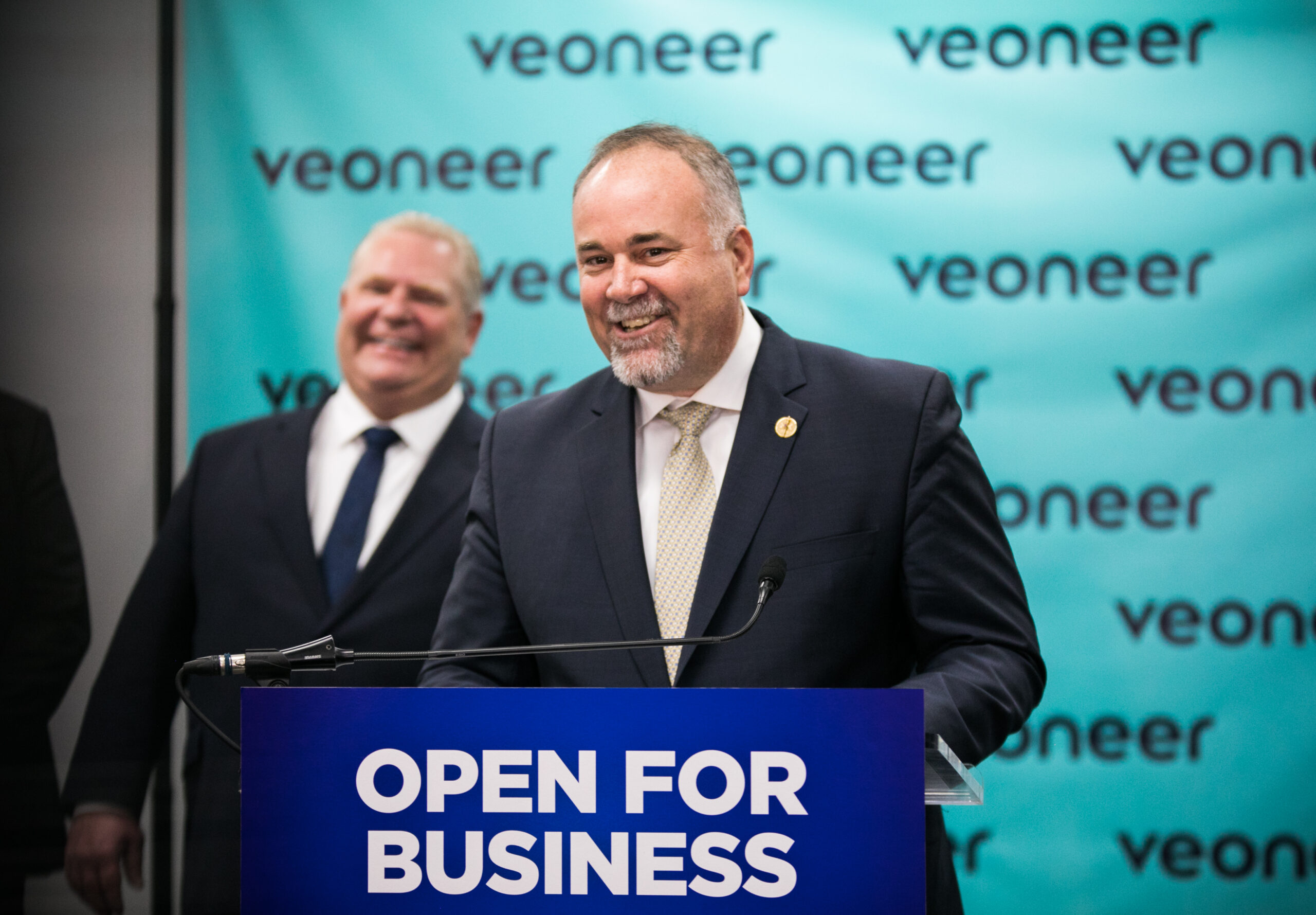
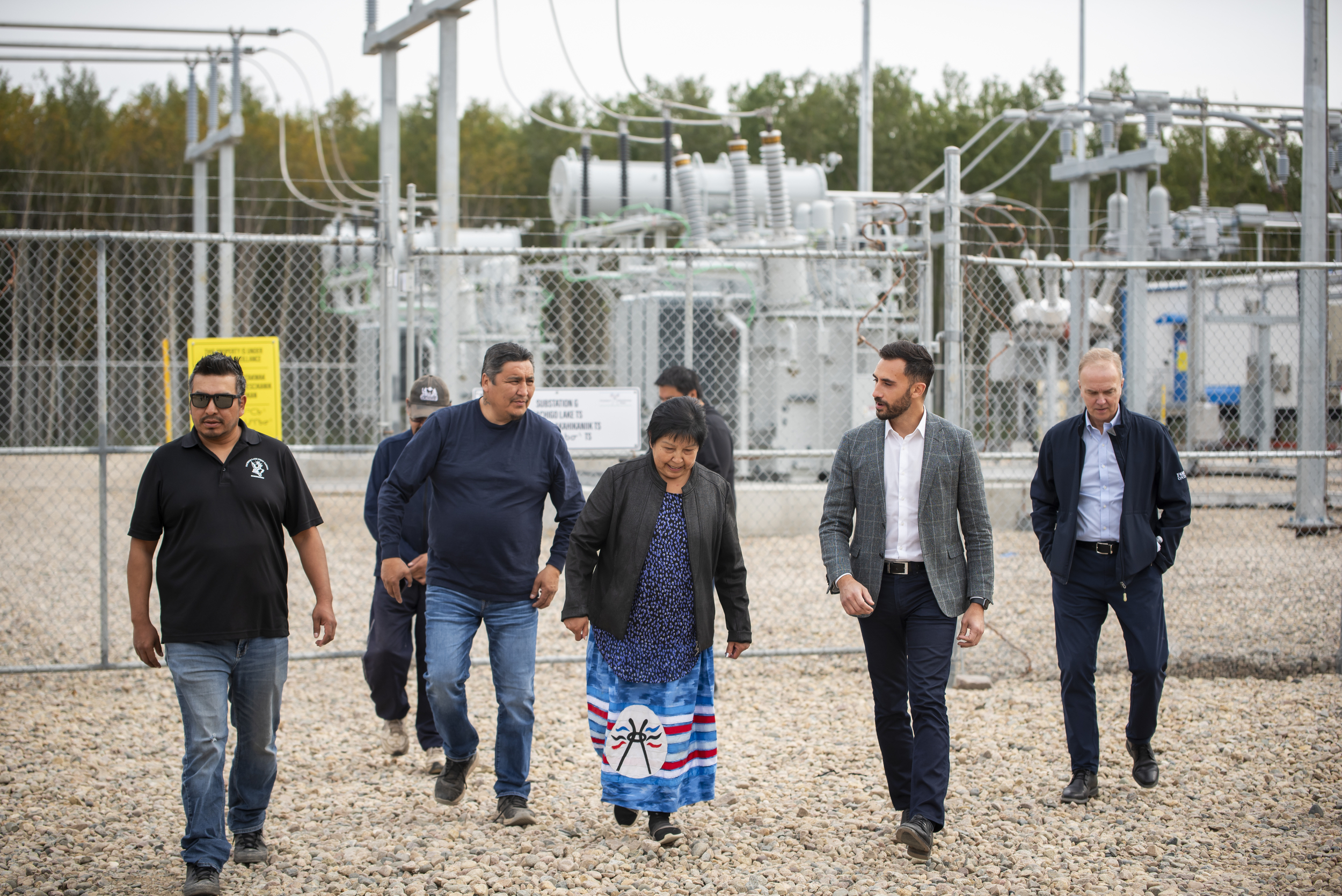
The Ford government is also investing big in storage projects to help the province bridge the energy supply gap in the short term. Along with battery proposals, the province is considering two proposals for pumped storage, which uses water to store and create energy: one by TC Energy in Meaford, which would move water in and out of Georgian Bay, and another in the eastern Ontario town of Marmora and Lake, where an old mine pit would become one of the water storage reservoirs.
Despite this nod to renewables, the new energy plan doesn’t make a commitment to a net-zero grid, a federal directive for all provinces to reach by 2050 to limit the worst effects of climate change. The government has received expert advice that natural gas should be phased out from Ontario to reach net-zero, but the government hasn’t released that report and instead significantly increased its use of the fossil fuel. The province has awarded power contracts for four natural gas facilities — the first new gas plants in more than a decade. Three new power plants are also in the works, which could either be natural gas or nuclear.
The biggest thing Ontario has done to keep the methane-heavy fossil fuel in the energy mix is overturn a decision by the independent energy board that would have prevented Enbridge Gas, which has a monopoly on gas distribution in the province, from charging homeowners for new gas hookups. Internal communications show the province made this unprecedented decision after consulting Enbridge and weighing the “substantial” costs to the private energy company.
As a result, during the Tories’ tenure, Ontario’s widely lauded low-emissions grid has already gotten dirtier, per the government’s own estimates. In 2021, the electricity system was 94 per cent emissions-free, but that is now down to 87 per cent.
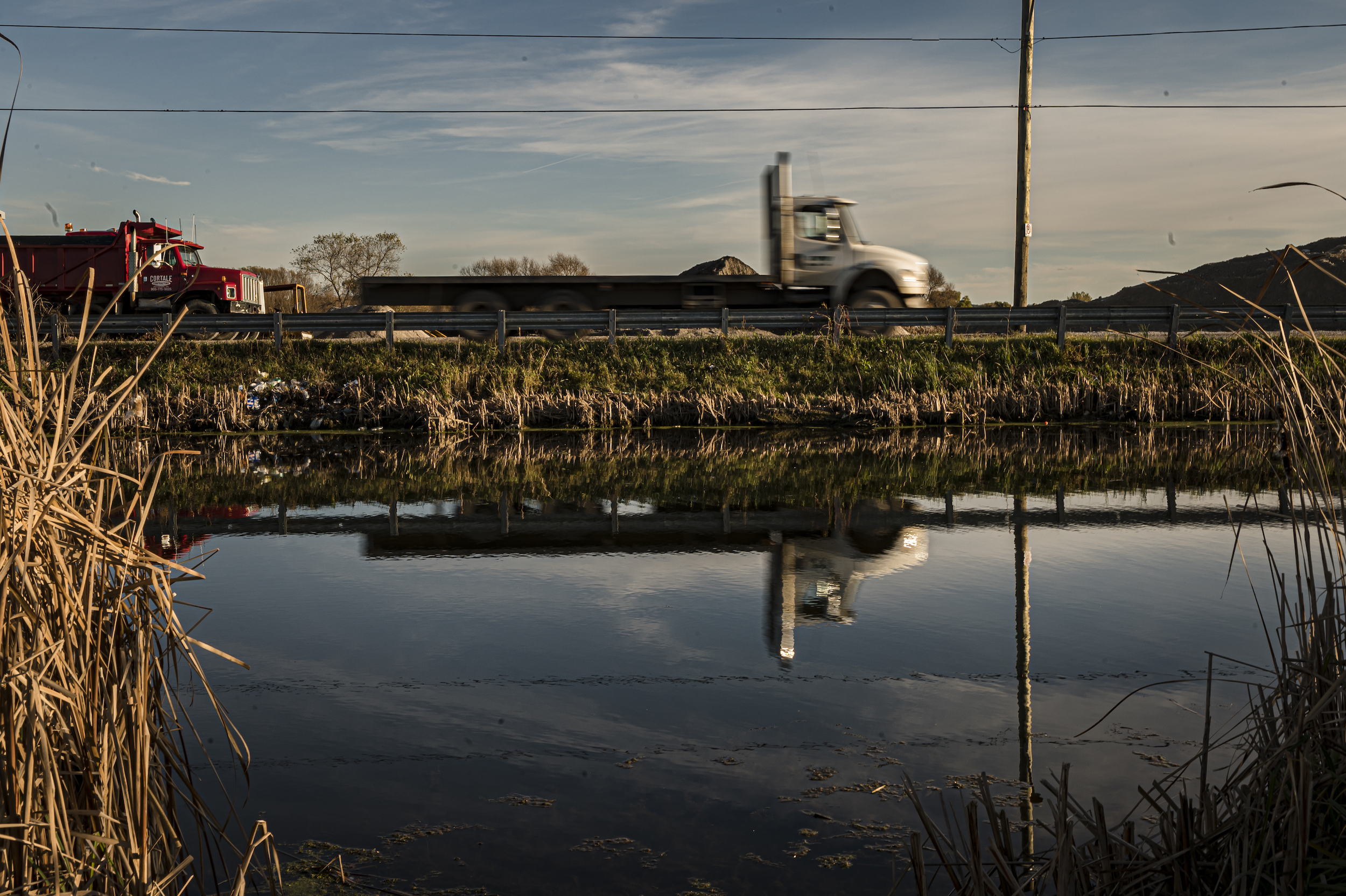
Highways have been a pillar of the Ford government’s plans for Ontario for years — the Progressive Conservatives campaigned in 2022 on their push to build Highway 413 in particular. But with the next provincial election fast approaching and no shovels yet in the ground on the controversial project, Transportation Minister Prabmeet Sarkaria made a renewed effort in 2024 to get it moving.
“We will do anything and everything to get this highway built,” he told reporters in fall 2024.
Highway 413 would cut through Ontario’s Greenbelt, prime farmland and endangered species habitat, connecting suburbs to the north and west of Toronto. Concerns about its environmental impact led the federal government to subject the project to an impact assessment, a process that left it in limbo for three years. But the federal government agreed to drop its review in April 2024 amid a court challenge from Ontario. A second attempt to have the project designated for review in late 2024 was turned down by the federal Impact Assessment Agency.
In the meantime, the provincial government passed a bill in fall 2024 to speed up the process for Highway 413. The changes mean the province doesn’t have to finish its environmental assessment and can give less information to the public about it.
Bill 212 also outlines a longer list of priority highway projects for which the Ford government may now permit 24-hour construction, and make it harder for landowners to stand in the way. One of the other projects on that priority list is a second highway through the Greenbelt: the Bradford Bypass.
The province already broke ground on early work for the Bradford Bypass in November 2022.
The bypass would connect highways 400 and 404 north of Toronto, running a 16-kilometre path through the sensitive Holland Marsh section of the Greenbelt. The project last received an environmental assessment in 1997, before the existence of the Greenbelt or policies tackling climate change.
The Progressive Conservatives have argued that both Highway 413 and the Bradford Bypass are needed to relieve congested traffic in the Greater Toronto Area, despite decades of evidence showing new roads don’t relieve traffic jams in the long run.
Whether or not the Tories’ moves to accelerate highway work actually make the projects go faster is still unclear. Delays could come from a fall 2024 strike by the provincial government’s engineers, who stopped their work on a variety of projects, including Highway 413 and the Bradford Bypass.
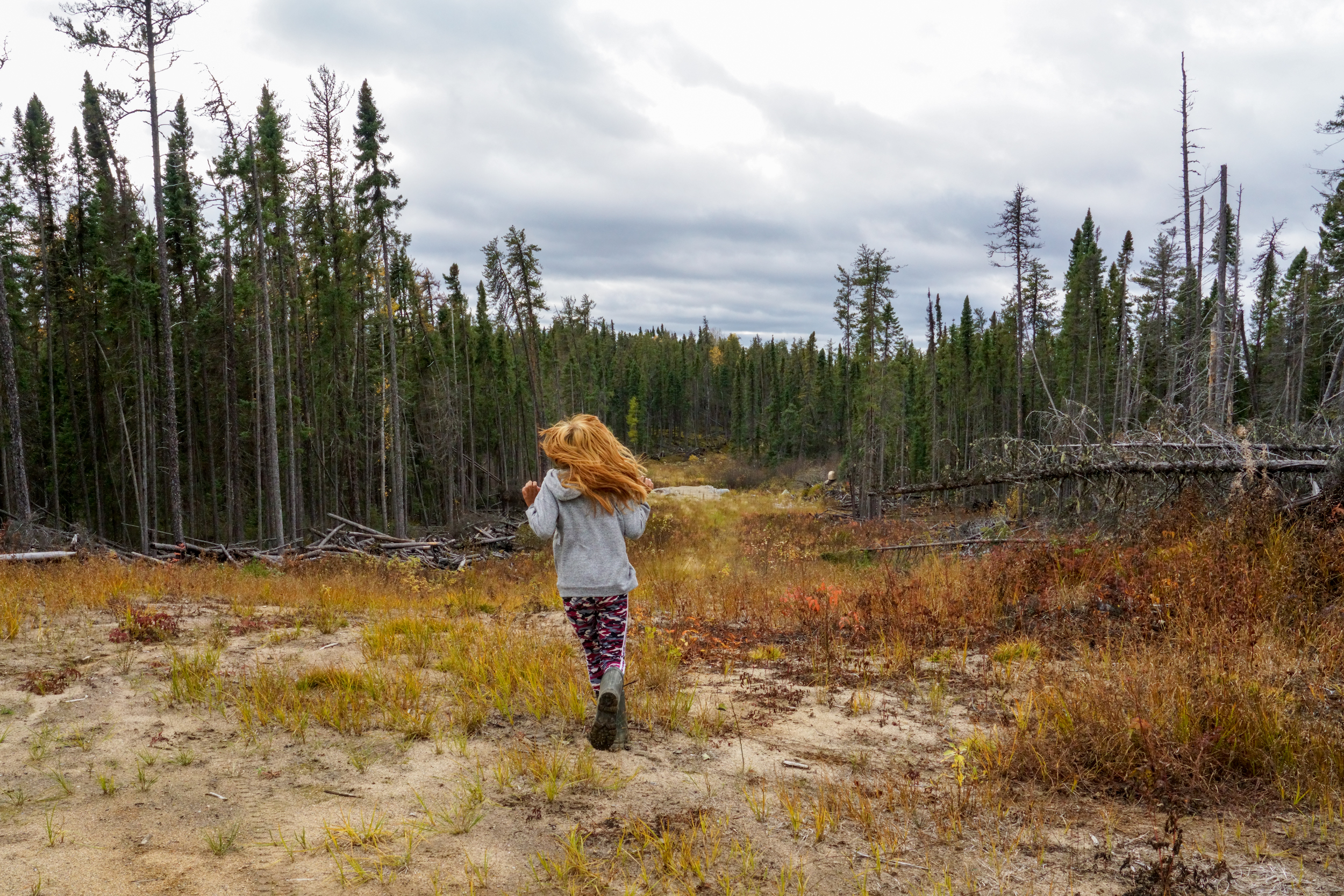
In May 2023, the Ontario government locked in changes to the province’s Mining Act through Bill 71, dubbed the “Building More Mines Act.”
The legislation made a few key revisions to the law, including making it easier for mine projects to move ahead even if their plans for closure — which should outline how they’ll rehabilitate the mine site once extraction is finished — haven’t been finalized.
Mining Minister George Pirie said the changes wouldn’t compromise Ontario’s environmental standards. He’s selling them as an environmental win, saying they’re aimed at boosting the mine approval process to help Ontario produce more of the priority minerals, or critical minerals, needed to make electric vehicle batteries.
Pirie’s office has also argued the bill would increase environmental scrutiny on mining projects — it would require that all aspects of mine closure plans be certified by professionals, when only some aspects of those plans need that certification right now. And although the changes allow applications to move through the system more quickly, closure plans must be in place before companies can begin building new mines.
The push for critical minerals as part of a homegrown Ontario electric vehicle supply chain has been a central focus for the Progressive Conservatives, who have touted the idea as a way to lower carbon emissions.
First Nations and environmentalists, however, say Ontario’s environmental protection regime is already too weak and further cuts to mining rules are concerning. For example, public servants warned Pirie in 2022 that the province has a “high-risk” loophole in its rules for dams that hold mine waste, also known as tailings, according to an internal government document obtained by The Narwhal through a freedom of information request. But the government hasn’t fixed the loophole and the risk remains.
There are big questions about Indigenous consent that still need to be answered before many mining projects can go ahead. There’s also the question of how the greenhouse gases released by development and mining in environmentally sensitive areas, like the Ring of Fire in the Far North, stack up against the lower-emissions technology the minerals could help facilitate.
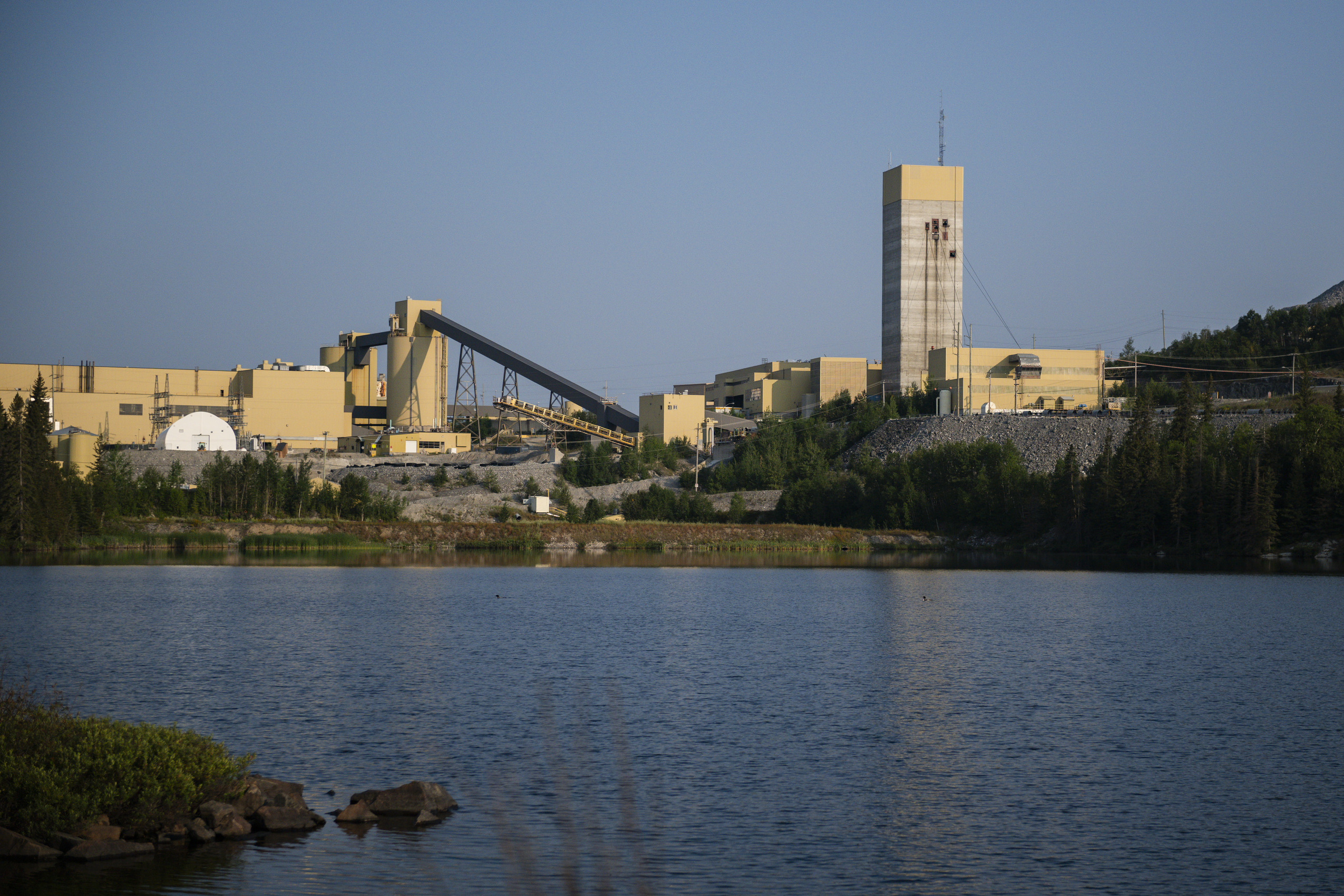
Ontario already watered down its environmental assessment regime in the Doug Ford government’s first term, and has used its second term to take aim at it again. When an environmental assessment has been completed, the minister is supposed to consider its findings and public feedback for 30 days before deciding whether to approve the project. One piece of legislation, Bill 69, allowed the environment minister — then David Piccini — to change or waive that 30-day period in some circumstances. That bill passed in May 2023.
Environmentalists and opposition parties expressed some concerns about the bill, The Trillium reported. But Piccini’s office has said it would maintain environmental standards, and the waiting period would only be waived for projects that have fulfilled all of their requirements and have no outstanding issues.
Separately, the government made changes in February 2024 to which types of projects undergo full environmental assessments and which ones can follow a “streamlined” process. Environmentalists have raised red flags about the changes, which the Progressive Conservatives initially proposed years earlier, during its first few years in government. Railways, multi-lane highways, electricity transmission and waterfront projects now qualify for streamlined reviews.
The same month, the province made another big change to environmental assessment rules, which it said was aimed at helping build major infrastructure projects faster. It did so by making it easier for the province to expropriate land, or take property from a private landowner to use it for a public project.
Governments in the past often used the environmental assessment process to figure out which land would be needed for a project — and to make sure the province didn’t accidentally take too much. But the law wasn’t clear on whether environmental assessments were actually required to expropriate land, leaving the government vulnerable to legal challenges that could delay infrastructure projects, according to an internal government document viewed by The Narwhal. To eliminate the grey area, the Progressive Conservatives put measures in an early 2024 omnibus bill called the Get it Done Act, which made it explicitly legal to expropriate land without an environmental review.
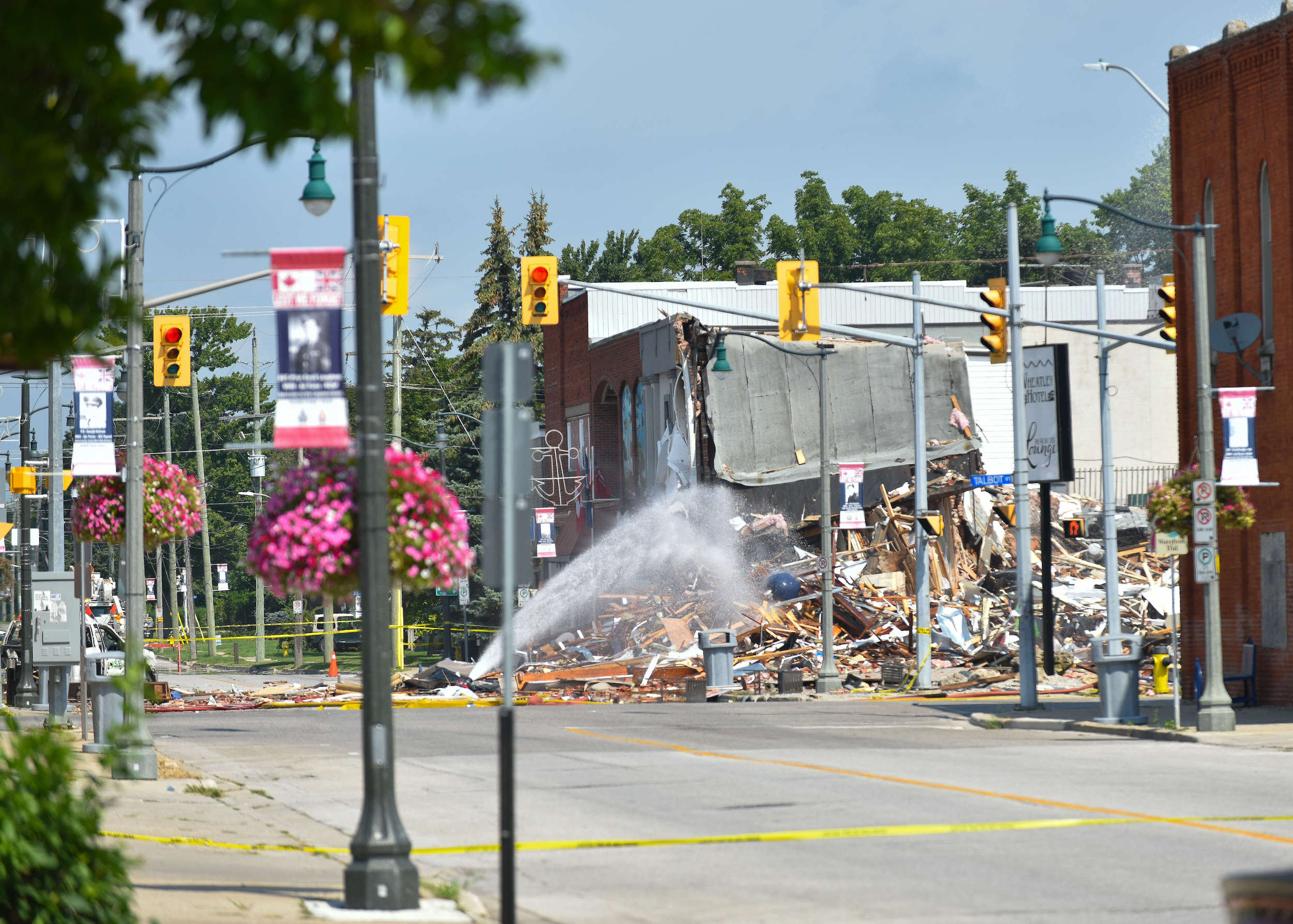
The concept of carbon capture, utilization and storage is gaining popularity with governments like Ontario that are lagging on efforts to cut emissions. The idea — at least in theory, though it’s been criticized as greenwashing — is essentially what it sounds like: pursue technology that can capture carbon emissions, which fuel climate change, then store it indefinitely to keep it out of the atmosphere or use it to make other things.
One use for captured carbon is injecting it underground into old wells to push more oil and gas to the surface. It’s less emissions-intensive than other ways of extracting oil and gas, but does still use carbon to extract more products that will then, in turn, emit carbon.
That practice used to be prohibited in Ontario, but the Doug Ford government had signalled intentions to change its carbon storage rules for a while. It took the next step towards that in March 2023 when it removed the prohibition as part of Bill 46, dubbed the Less Red Tape, Stronger Ontario Act. The province followed that up in January 2024 with a regulation that makes it possible for project proponents to pursue carbon storage, with special approval from the government. And at the end of the year, it introduced the Geologic Carbon Storage Act, a bill that would enable the practice on a commercial scale. It could pass as soon as January 2025.
The Progressive Conservatives have touted this plan as a way to help industry decarbonize. Environmentalists, however, are taking issue with it for a few reasons. Some argue that carbon capture, utilization and storage won’t make a big dent in the climate crisis because it enables more oil and gas extraction.
Others say Ontario’s oil and gas history makes storing carbon underground too delicate, if not impossible — especially given the current government’s level of oversight. Keith Brooks of the charity Environmental Defence made that point to lawmakers, which NDP MPP Terence Kernaghan referenced during debate over the bill on March 6, 2023.
According to Kernaghan, Brooks noted the reasons Ontario had avoided underground storage so far are mentioned in a 2022 government discussion paper on the practice.
“The long legacy of drilling for oil and gas in Ontario has affected the suitability of many of these reservoirs for the storage of carbon dioxide,” the paper reads. “Careful site selection and extensive study would be required to ensure that the carbon dioxide could be stored safely by proponents.”
The same report notes that “stronger, more proactive oversight” would be needed to protect people and the environment.
But oversight has been a problem with Ontario’s existing oil and gas wells. Last year, then-auditor general Bonnie Lysyk found the province is failing to identify and inspect high-risk wells. Some of those high-risk wells have caused real public safety problems in southwestern Ontario, where many are concentrated: a few in Wheatley, Ont., are believed to have caused an explosion in 2021, levelling buildings and sending seven people to the hospital. An investigation by The Globe and Mail found the Ontario government failed to act on warnings about leaks from the wells.

In March 2023, German automaker Volkswagen announced it had picked St. Thomas, Ont., a former auto-manufacturing city, as the location of its first overseas manufacturing plant. The decision came after the Progressive Conservatives rushed through a bill that consolidated 1,500 acres of farmland to form the site of the facility, land that was previously split between St. Thomas and the neighbouring township of Central Elgin.
This was the fifth electric battery facility the government has announced, alongside partnerships with Stellantis and LG Energy Solutions in Windsor, Umicore in Kingston, Ford Motor Company in Oakville and Magna International in Brampton. Canada’s first full-scale electric vehicle manufacturing plant — a General Motors facility that was retooled to build 50,000 electric vehicles — also opened in Ingersoll in December.
Despite these developments, construction on the plants has been slow, and delayed in some cases. After cancelling electric vehicle rebates and ripping out chargers in 2018, the government announced brand new funding for 1,300 charging stations in November 2024.
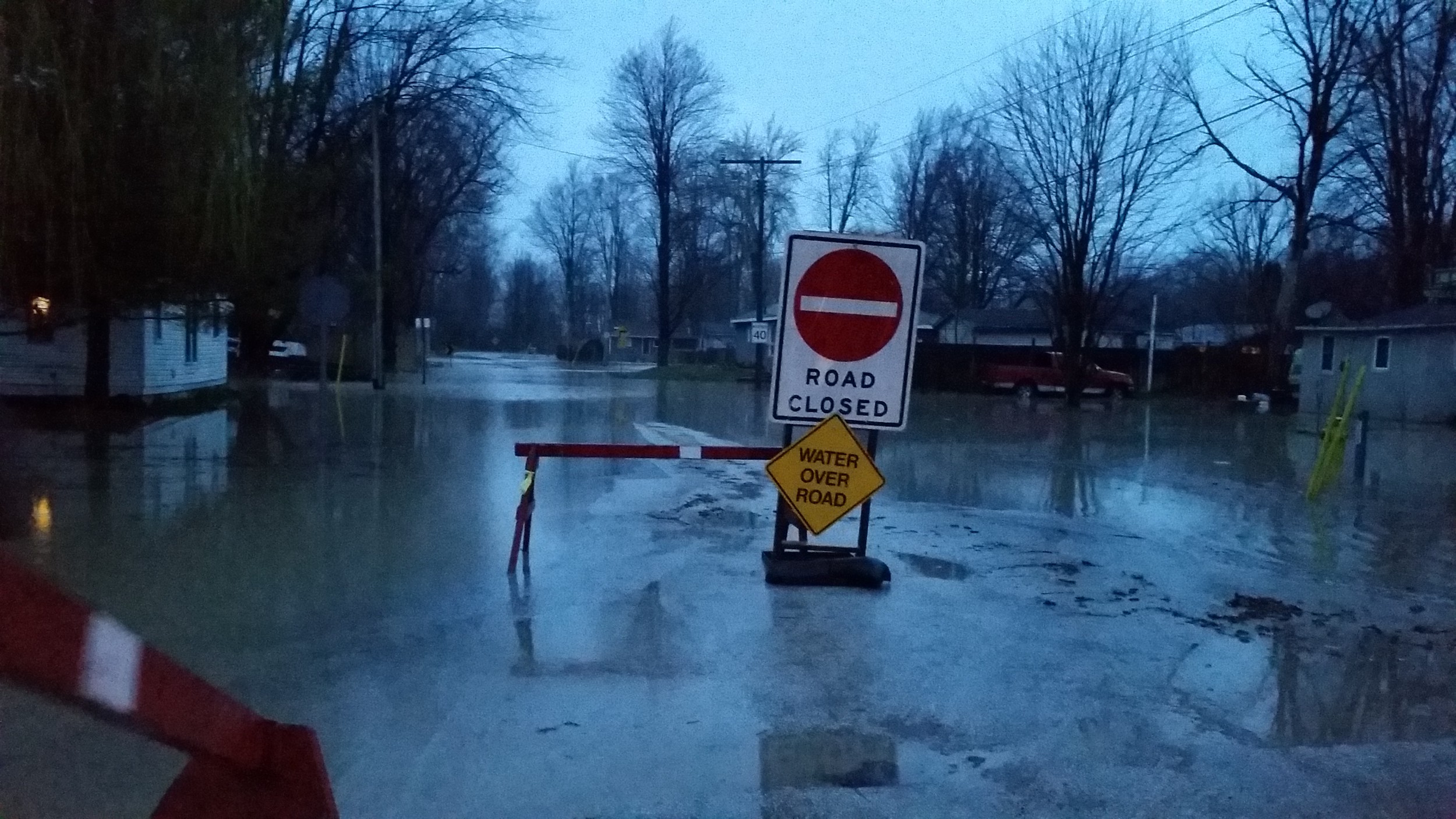
In its March 2023 budget, the Progressive Conservatives committed more than $110 million over three years to improve emergency readiness. This includes creating a new emergency preparedness grant for community organizations and a fund for municipalities to provide urgent relief. On budget day, provincial officials said the emergency funding could be used “for a wide range of emergencies,” such as floods, wildfires and extreme heat.
The funding commitment comes after Ontario launched its first-ever Provincial Emergency Management Strategy and Action Plan in February, an attempt to create a uniform and detailed approach to everything from immediate evacuations to rehabilitation after a natural disaster. Part of the plan includes enhancing flood mapping to understand flood risk, which is projected to increase as the climate changes, and creating a First Nations Emergency Response Association to find best practices for community safety.
The funding and plan are much needed. In 2022, 58 community and provincial emergencies were declared in Ontario, and more than 1,900 members from four First Nations communities were evacuated due to extreme flooding. New legislation to strengthen emergency management was passed in December to create a more coordinated and community-led approach to disasters. The province has also created Ontario Corps, a volunteer group to respond to natural emergencies.
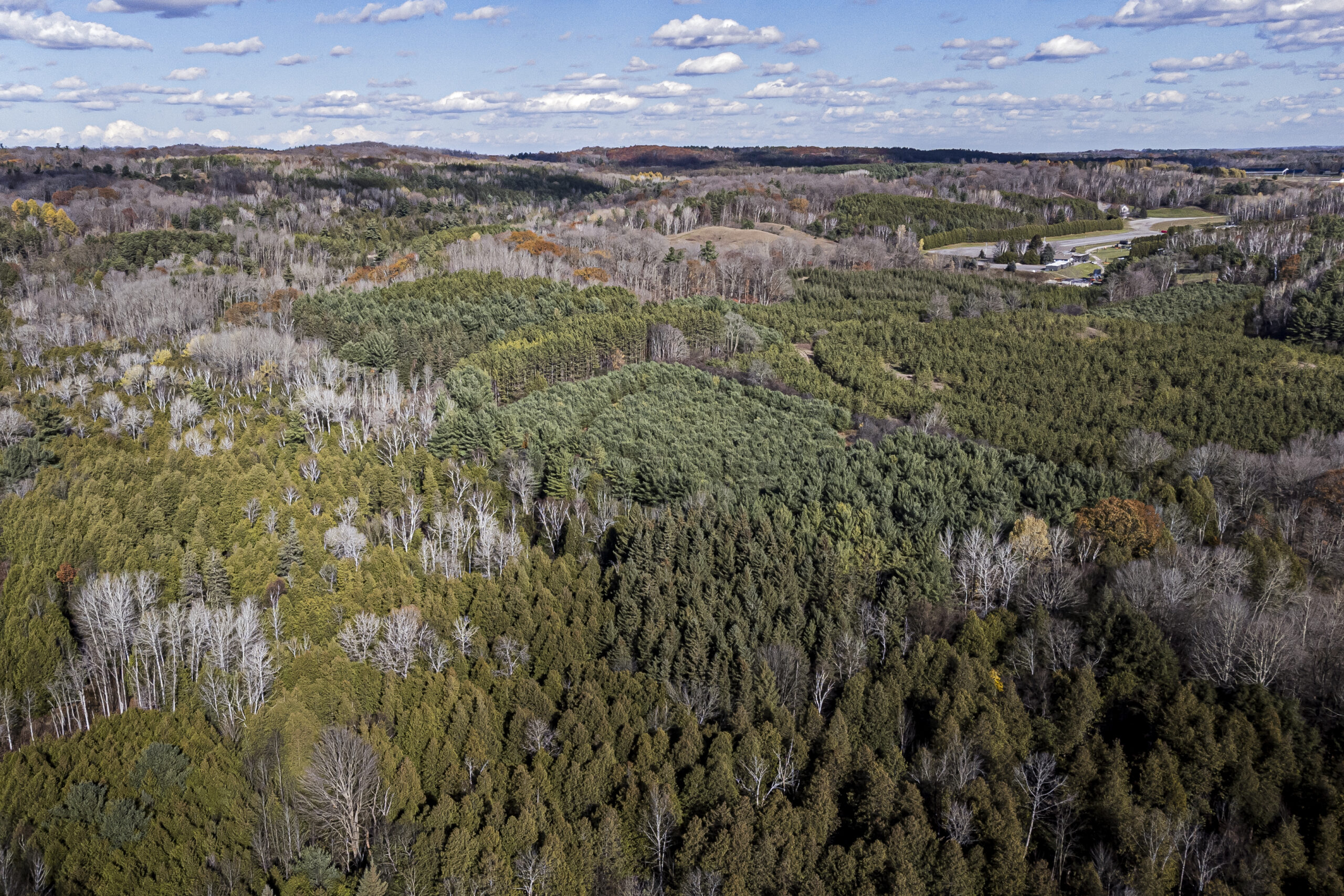
The Progressive Conservative government first pitched the idea of creating a new provincial park in its 2020 budget — and every one after that. But its plans started to crystalize in 2023, when the province revealed it would be located east of Toronto in Uxbridge. It’s located on a leafy section of provincially owned land on the Oak Ridges Moraine, a rocky landform that’s part of Ontario’s Greenbelt. Speaking to reporters on budget day 2023, Finance Minister Peter Bethlenfalvy denied the Uxbridge park was a response to criticism over the government’s since-reversed decision to open Greenbelt land for development.
About a year later, Uxbridge Urban Provincial Park became a reality: its gates opened for some limited public access in July 2024. Hiking, biking, skiing and snowshoeing are already allowed on trails through the 532-hectare green space, but its operations are limited while Ontario Parks consults the public about its final plan for how it will manage the land.
In 2023, the Ontario government also teased the idea of upgrading Bigwind Lake Provincial Park near Bracebridge, in the Muskoka region north of Toronto. Bigwind Lake is already a provincial park, but not an operational one, meaning it doesn’t have facilities like bathrooms or campsites. Now, the government plans to add 250 campsites and up to 25 cabins, and will staff the park, keeping it open year-round.
The government originally said it would begin upgrade work in fall 2024, with designs set to include low-energy buildings and wildlife-friendly design. But an environmental group has raised concerns about whether development within the park would cut through important wildlife corridors, and as of August 2024, the province said site planning wasn’t done and it wasn’t clear when construction might start.
In July 2023, one month after the Bigwind Lake announcement, former environment minister David Piccini also unveiled Monarch Point Conservation Reserve on the south shore of Prince Edward County, east of Toronto. The area, which spans 1,618 hectares (4,000 acres), had been designated as Crown land and was already used for a variety of outdoor activities. The province said turning it into a conservation area would give the land stronger protections. The south shore area is known as a hotspot for birds and for having one of Canada’s three monarch butterfly reserves.
Plans for another new protected area closer to Toronto remain fuzzy. In its 2022 pre-election budget, the government repeated a promise to “support a large near-urban provincial park at East Humber Headwaters in King Township,” just north of Toronto. But it has not given an update on that pledge since.
The Ontario Carbon Trust was a central pillar of the Progressive Conservatives’ 2018 Made-in-Ontario Environment Plan — but it has never materialized. It was meant to be a $400-million fund to encourage private investment in clean technologies. But it hasn’t been included in a single government budget since then, and as of right now, there’s no indication the Tories will follow through.
Ministry of Finance officials did not directly answer when The Narwhal asked about the Carbon Trust at a briefing for reporters for the 2023 budget. (They didn’t answer when The Narwhal asked about it in 2022, either.)
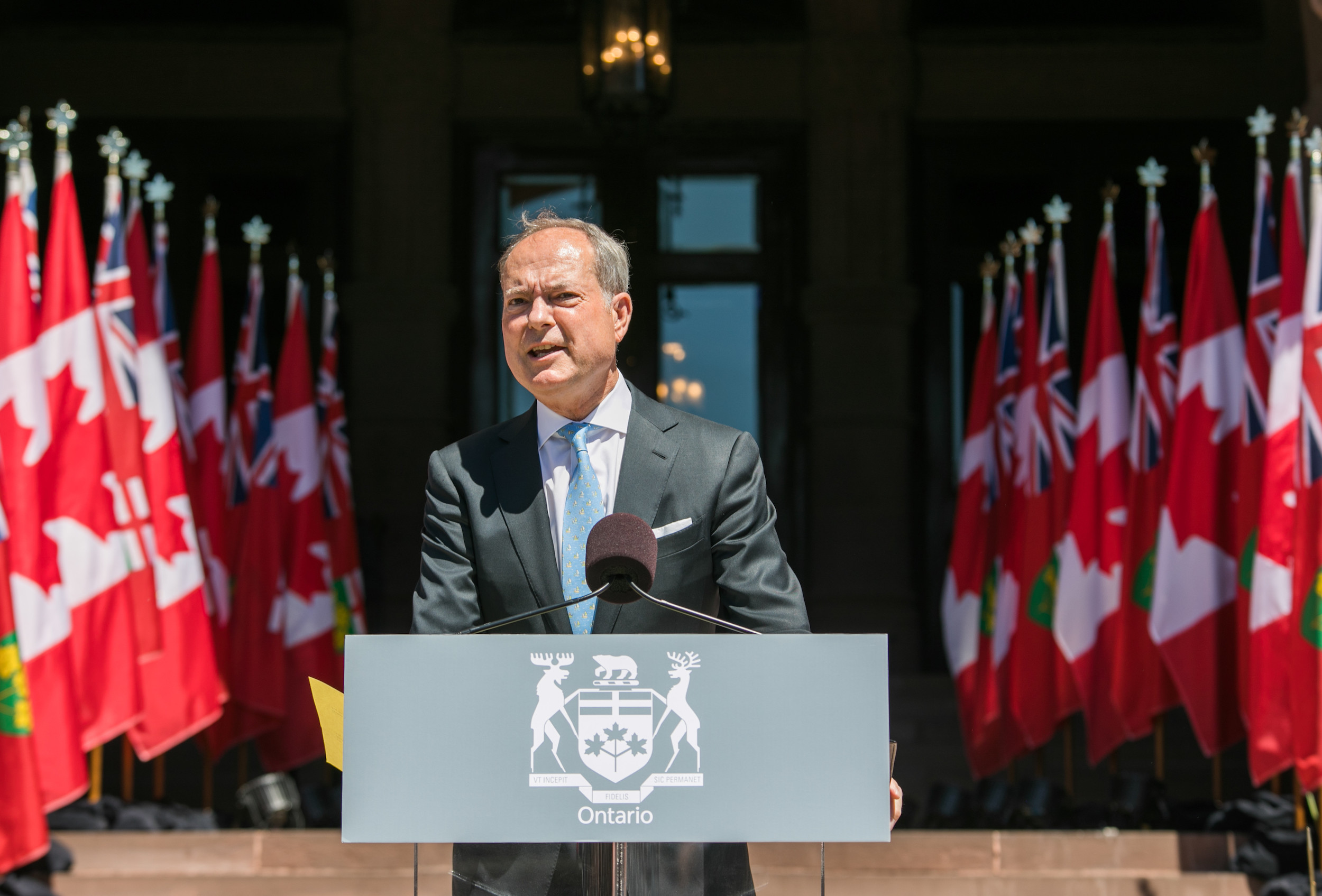
Soon after taking office in its first term, the Progressive Conservatives slashed the Environment Ministry’s budget by a third. Previous governments had already underfunded environmental measures for decades, and the added cuts compounded long-term problems caused by that lack of resources, according to Ontario’s auditor general.
The 2023 budget, however, showed the Environment Ministry’s funding climbing back up.
The previous Liberal government gave the Environment Ministry $909 million in the fiscal year ending in 2018. The Progressive Conservatives cut it to a low of $612 million by 2020, but have gradually bumped it up every year since. The government’s 2023 budget projects it’ll spend $742 million on the Environment Ministry this fiscal year and sets aside an additional $40 million for it the year after. That would bring the ministry’s budget to just over $782 million.
Ontario Finance Minister Peter Bethlenfalvy didn’t answer directly when The Narwhal asked him on budget day 2023 to explain the Environment Ministry’s funding. However, it appears some of that increase came from extra spending for COVID-19, and some is likely due to inflation.
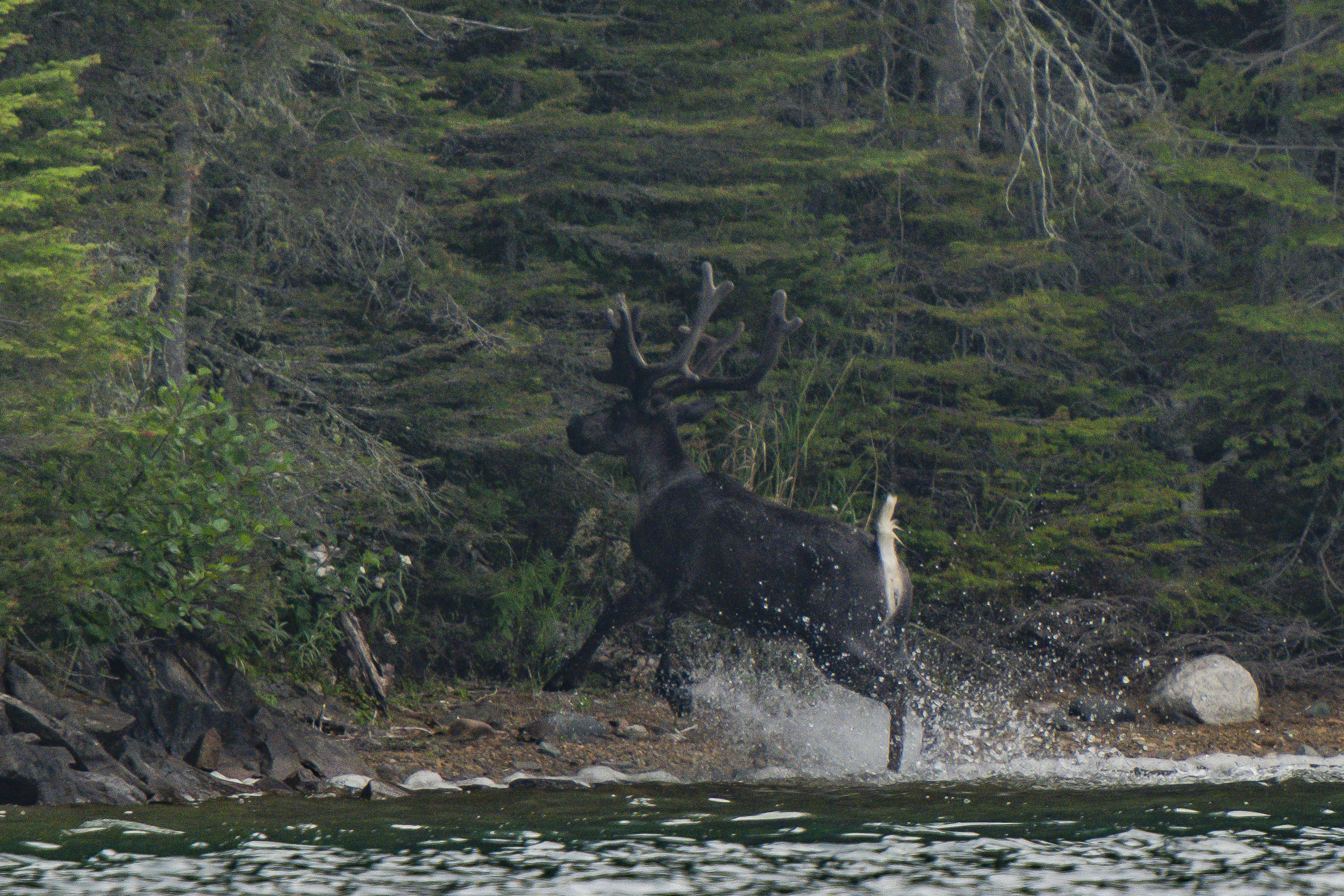
Towards the end of its first term, the Ontario government inked an agreement with the federal government aimed at protecting the province’s quickly dwindling woodland caribou. That agreement was roundly criticized by environmental groups and First Nations, who said it failed to address the ways logging, road building and other industrial activity hurt the iconic but endangered species.
It nearly fell apart less than a year later. Ontario announced plans in March 2023 to invest $29 million over four years in woodland caribou conservation — a move the Progressive Conservatives touted as the largest single investment in caribou in the province’s history — and federal Environment and Climate Change Minister Steven Guilbeault sent the province a letter to warn it wasn’t enough.“It is my opinion, based on the information available, that some of the critical habitat for the boreal population of woodland caribou (boreal caribou) located on non-federal lands in Ontario is not effectively protected,” Guilbeault wrote in the letter, as reported by the Canadian Press.
Guilbeault also said he was recommending the federal government issue a protection order for woodland caribou in Ontario, which would allow him to impose stricter protections for the species on land that’s normally under provincial jurisdiction.
This power hasn’t been used before, though the federal government has in rare cases used a similar mechanism. The prospect of Guilbeault making use of it in Ontario sparked backlash from the forestry sector, which said the move would be devastating.
Lately, however, there hasn’t seemed to be much chance Guilbeault will issue a protection order in Ontario anytime soon. The two governments appear to have sorted out their differences in spring 2024, announcing they had once again agreed to “significant collaboration on caribou conservation.” Ontario, meanwhile, has come under fire for giving some of its caribou conservation funding to a forestry industry group. Experts say the loss of caribou habitat, which forestry contributes to, is a main factor in the decline of the species.
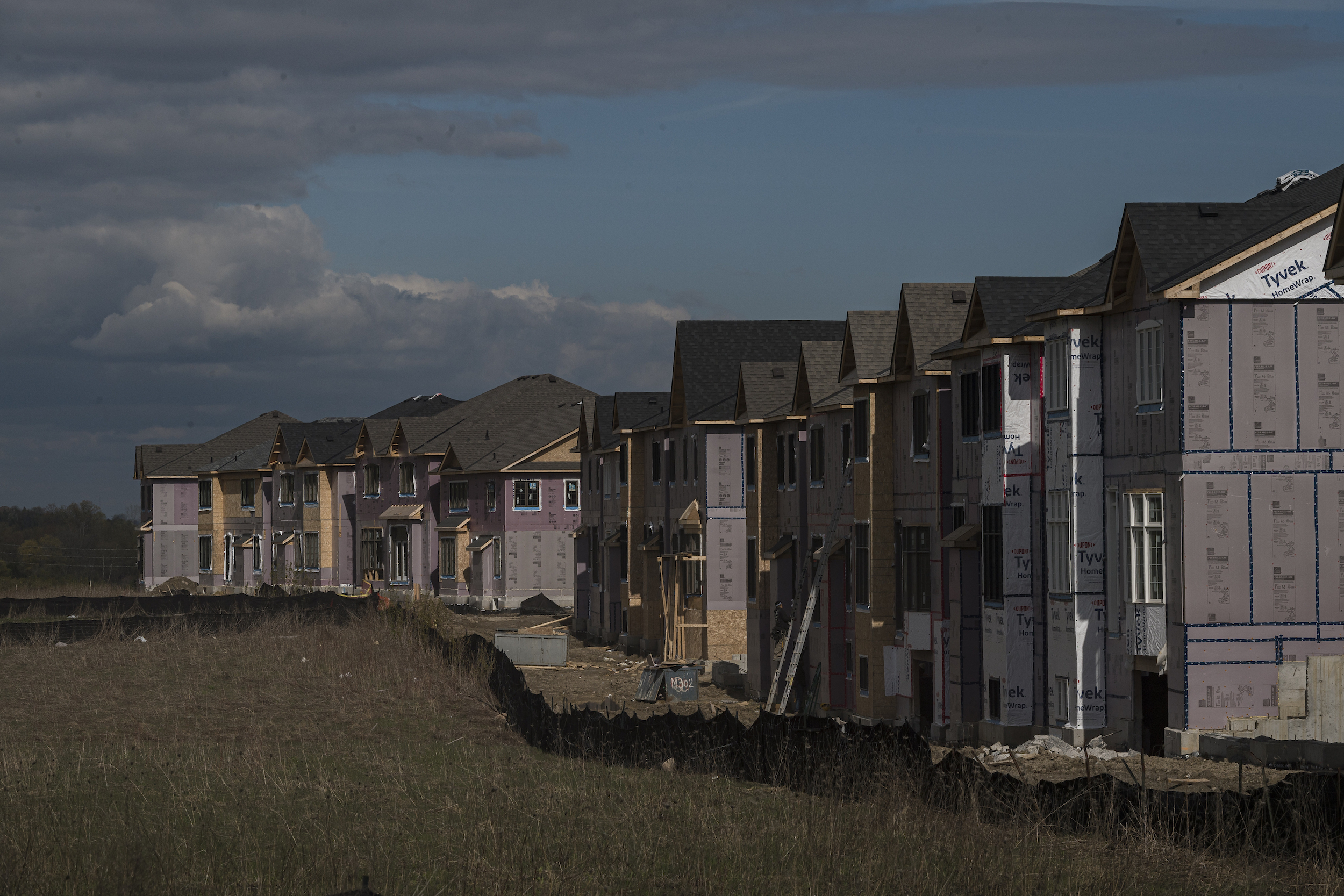
The Ford government continued its dramatic rewrite of urban development rules in April with a massive overhaul of the provincial policy statement that has long provided principles for making land use decisions.
The government said its goal was to simplify and streamline its systems to encourage the construction of more homes. But the changes were contradictory. Some were aimed at high-density development near transit and in downtown cores, which discourages emissions-intensive car travel. Others, however, made it easier to build sprawling, single-family homes pretty much everywhere else, which can have the opposite effect.
The rewrite also made it easier for residential development to happen on prime agricultural land — a move critics took issue with because farmland naturally mitigates floods and sequesters carbon.
The province later promised to drop some aspects of the changes, but so far has not done enough to allay concerns of farmers and experts.
Documents released through freedom of information legislation in the fall revealed that changes to the provincial policy statement were made by the housing minister’s office to ensure protected land would be opened to development.
The province issued the final policy statement on Oct. 20, 2024.
In urban planning, municipal zoning rules lay out how different pieces of land can be used. Anyone who wants to change the zoning of their land — from agricultural to residential, for example, which would enable housing development — usually has to go through a lengthy process with their local government. But the Ontario government has a way to override that with minister’s zoning orders, or MZOs, which give the province the ability to instantly rezone a piece of land.
The orders don’t instantly make construction happen, but they do speed up the process. They also cannot be appealed. Previous governments used them about once a year on average, mostly in special or emergency situations, but Doug Ford’s Progressive Conservatives have used them 114 times from 2019 to 2023. Though Ford has touted them as a way to rapidly greenlight housing construction, his government has come under fire for using them to override environmental protections and fast-track projects proposed by Tory donors.
The Progressive Conservatives already made the power stronger during their first mandate. Then they did so again in April 2023, allowing the government to hand down minister’s zoning orders even if they clash with other provincial rules, like those that protect wetlands and farmland.
Critics at the time said the move would concentrate power in the hands of the minister of municipal affairs and housing, who holds most of the responsibility for the zoning orders, and likely allow them to ignore a raft of environmental protections. Two months later, the Ford government bestowed minister’s zoning order powers on a second minister: Kinga Surma, who oversees the Infrastructure Ministry, including responsibility for the redevelopment of Ontario Place in Toronto.
But the government seemed to cool on the concept after the Greenbelt scandal in 2023, which brought the resignation of longtime municipal affairs minister Steve Clark. His successor, Paul Calandra, started reviewing a bunch of Clark’s decisions and rolling back several — including some of the orders.
In fall 2023, the government passed legislation to give itself immunity from lawsuits over any minister’s zoning orders it might take back, sparking backlash from developers. Then Calandra started pulling the plug, revoking a batch of six minister’s zoning orders in April 2024. He also yanked one more — which had involved a development lobbyist from the Greenbelt scandal — in November 2024 after its owner put it up for sale.
Calandra has also said he’s keeping a close eye on 14 more housing projects that received zoning orders, and might revoke them if developers don’t make significant progress by mid-2025. Half of those 14 zoning orders were given to projects spearheaded by one of the companies that saw their land removed from the Greenbelt in 2022 and added back in a year later.
In April, Calandra brought in a new protocol to make the process of requesting a minister’s zoning order more consistent, as the government didn’t have a set of criteria before. But the process wasn’t enough to stave off a rebuke, and new Ontario auditor general Shelley Spence delivered a scathing report on the Progressive Conservatives’ use of minister’s zoning orders in December 2024. The audit echoed the Greenbelt scandal, pointing to similar problems and even some of the same characters: it showed senior staff in Clark’s office giving developers preferential treatment, and in one case even passing a developers’ exact wording for a zoning order to bureaucrats. The report also found heaps of other issues, like a lack of due diligence on handling requests from developers.
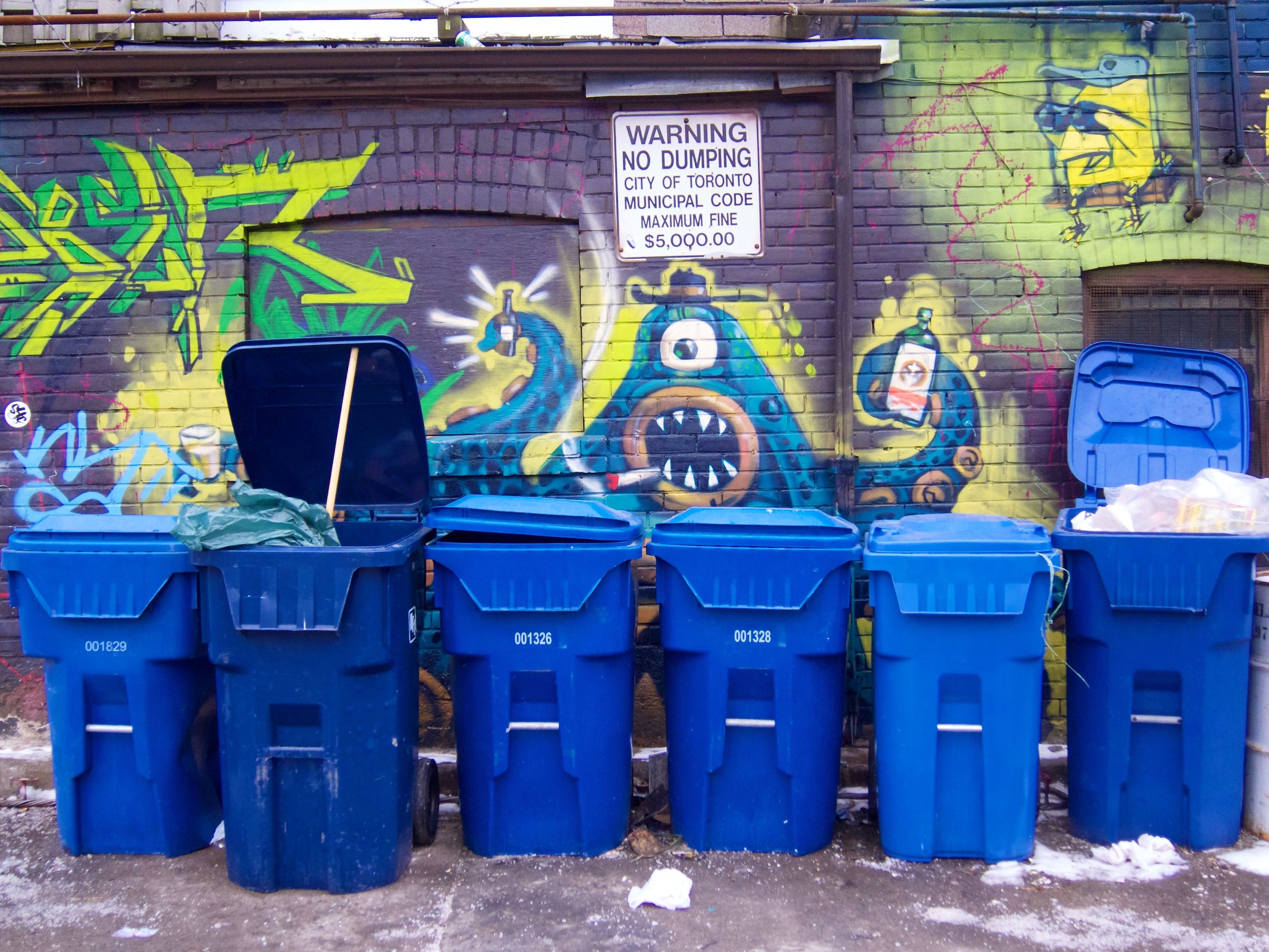
Ontario overhauled its blue box recycling program in June 2021, during the Progressive Conservatives’ first mandate. The new rules, aimed at standardizing more than 200 local programs — and shifting responsibility to the companies that produce materials like plastics, metal, glass and paper — were meant to be phased in from 2023 to 2025.
But that rollout has had hiccups, with environmental groups and industry alike saying the program is complicated and difficult to understand. The province quietly rewrote the plan last spring to remove some of the most controversial sections. And now one component of it, a program that would have seen producers of non-alcoholic beverages like pop and juice pay recycling fees, has been paused.
The program, which was meant to be operated by the Canadian Beverage Container Recycling Association, was originally supposed to launch on April 1, 2023. But the industry group pushed that back after Piccini said they wouldn’t be able to download costs to consumers, and then the association suspended the program entirely.The Ontario government was poised to make another attempt, assembling a working group to explore how a different kind of recycling program could work, according to a letter obtained by CTV News Toronto. The plan, according to the letter, was to spend six months considering what’s called a “deposit-return program,” where consumers pay a recycling fee at the cash register but get money back if they return cans or bottles, similar to the program Ontario already has for beer cans and bottles. But in July 2024, with no advance notice, the province shut down the working group and scrapped the deposit-return plan entirely in a move critics said bowed to pressure from big grocery companies.
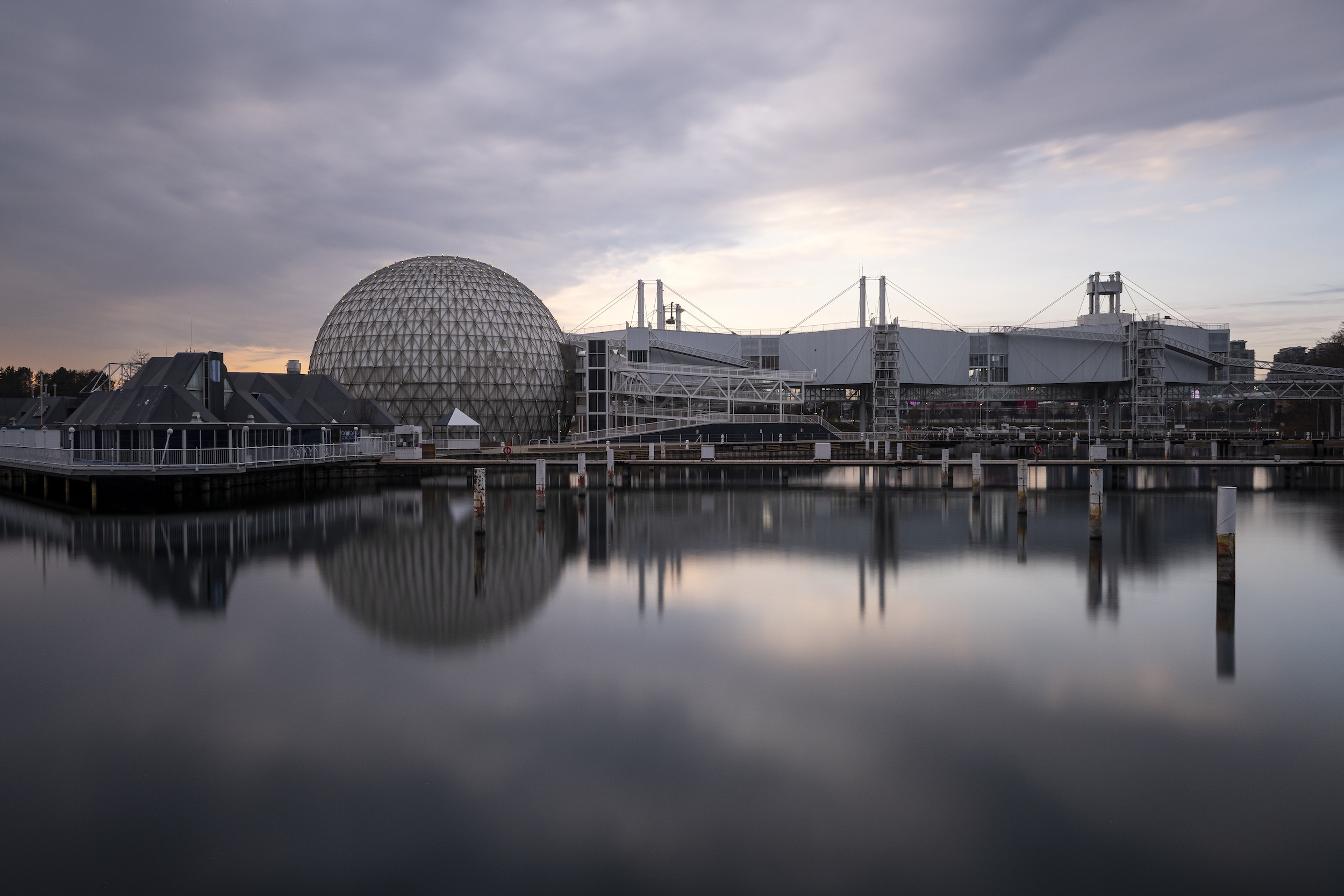
The Ford government has made a mission out of redeveloping Ontario Place. The provincially operated waterfront venue and green space in Toronto was a theme park until a previous government decommissioned it in 2012. But the province’s plan, which involves the construction of a large private indoor waterpark and spa, is under fire from people concerned about its environmental impact and how it could affect public use of the large, publicly owned space on Lake Ontario.
The province has said the redevelopment will be a net benefit for the environment and will include more green space, a new public beach and wetlands. Although plenty of people still use Ontario Place as a park, Progressive Conservatives have pointed out that the site is in need of major repairs.
Critics, however, have argued the government’s environmental study for the project didn’t account for the planned 65,000-square-metre, seven-storey private spa building, and have raised concerns about the process.
The Ontario Place site is currently home to several species at risk, including birds, and some people have said the construction work will disrupt their habitat. The province’s limited environmental study concluded those species would likely find “alternative habitat” in other nearby parks.
In the last months of 2023, the government moved to pass a law exempting Ontario Place from a batch of land-use rules. Among other things, the change means most of Ontario Place won’t be required to undergo a formal environmental assessment, though other studies looking at environmental impacts are still required. The law also gave Infrastructure Minister Kinga Surma, who oversees the redevelopment, the power to issue minister’s zoning orders — something that could allow the province to accelerate Ontario Place and skip over local planning requirements.
The province started demolition at Ontario Place in summer 2024 and has continued despite public backlash. That includes a December 2024 report from auditor general Shelley Spence, who found the push to redevelop Ontario Place was “not fair, transparent or accountable,” and that its cost had quietly skyrocketed by $1.8 billion.
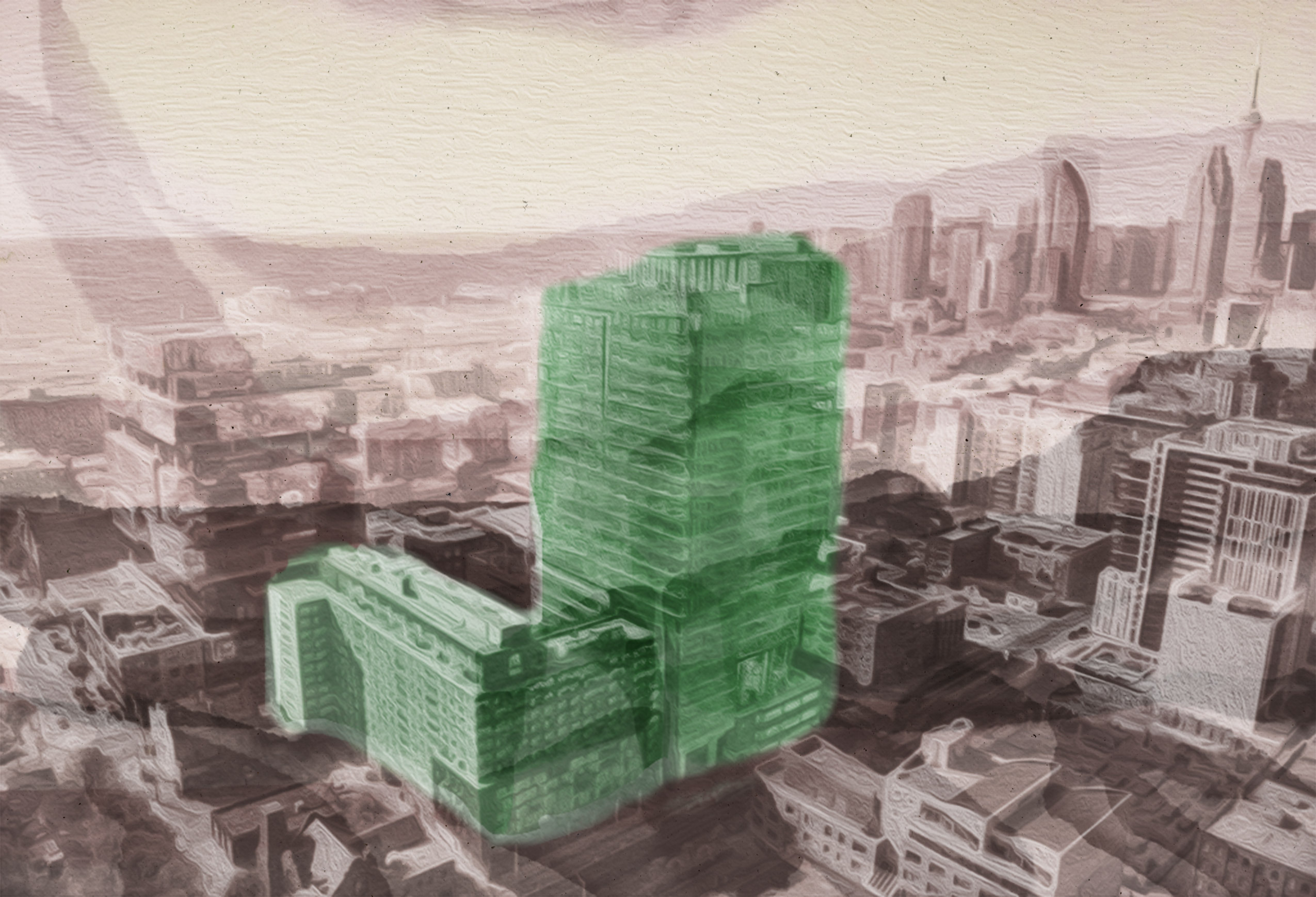
As the federal government readies a national strategy to ensure buildings are energy efficient, documents obtained by The Narwhal in 2023 revealed the Ford government is holding up the process. The holdup is Ford’s pledge to build 1.5 million homes by 2031. Notes from federal officials show that, in discussions between the two levels of government, Ontario expressed concern that stronger green building standards would “affect their goal” by increasing costs for the development industry.
The need for strong, effective green building standards is great: buildings are the third largest source of emissions in Ontario, accounting for 24 per cent of the province’s total emissions. Ford voted in favour of green building standards as a Toronto city councillor, but as premier, he has done little to prioritize climate-conscious building.
In February 2023, former municipal affairs and housing minister Steve Clark sent a letter to municipalities speaking of “preliminary plans to commence discussions” about a “consistent province-wide approach” to green building standards. At least three local officials told The Narwhal these meetings had yet to be scheduled by September 2023. In fact, Clark asked Ottawa Mayor Mark Sutcliffe to delay city council efforts to push for stronger standards; in May of the same year, the city council voted to delay implementing new green building standards.
In 2024, the government released a revised building code that comes into effect on Jan. 1, 2025. It does not codify green building standards.
In Ontario, large-scale industrial and commercial companies are required to obtain a permit from the Ministry of Environment to ensure their planned operations pose minimal risk to the environment. That includes companies that operate waste disposal sites and transport hazardous waste — including asbestos, industrial liquids, biomedical, polychlorinated biphenyls (PCBs) and naturally occurring radioactive material. To get a permit, companies have to prove there will be no environmental harm and have a “financial assurance,” or a contingency fund to clean up any spills.
The Ford government wants to eliminate these licensing requirements: in an August 2023 statement on the Environmental Registry of Ontario, it stated the goal was to “reduce delays on projects that matter most to Ontario communities, such as new housing and job-creating businesses,” without detailing how oversight of hazardous waste causes such delays. The government is also removing the need for financial assurance, asking instead for an insurance policy that covers $500,000 in liability costs — even though legal experts say spill cleanups are estimated to start at $1 million.
Without these licensing requirements, there will be no proactive environmental scrutiny of many industrial operations. But the 2021 annual report by the auditor general said Ontario’s oversight is already insufficient, finding the Environment Ministry doesn’t disclose enough information to the public about the quantity and harms of hazardous spills.
The Ontario government consulted the public about the proposed changes in fall 2023 but hadn’t made a final decision by December 2024.

Everything that is built in Ontario — commercial, industrial, residential — requires a system to prevent rain and melted snow from causing floods, and divert it away from drinking water sources. There are rules that dictate how much groundwater can be removed or moved before a site is dug up for construction and how much a stormwater system can carry.
Developments are only greenlit once these stormwater plans have been reviewed by technical staff at the Ministry of Environment, to ensure water resources, which are finite, will not be reduced in quantity or compromised in quality.
But a proposal from 2023 suggests relieving many developers of this requirement, including those that build all residential buildings other than big towers, as well as the builders of gas stations, commercial and industrial warehouses, malls and hospitals.
The new proposed rules also suggest developers be able to use as much groundwater as they want during construction. The current threshold is 400,000 litres per day, as required by the 2005 Great Lakes St. Lawrence River Basin Sustainable Water Resources Agreement signed by Ontario, Quebec and eight American states that surround the lakes.
The province consulted the public about the proposed changes in fall 2023, but as of December 2024 it hadn’t made a final decision about whether to go forward.
After losing a Supreme Court battle against the federally implemented carbon price, the Ford government was forced to introduce its own levy that met national standards. On Jan. 1, 2022, Ontario’s Emissions Performance Standards took effect on industrial polluters, setting a price on carbon and creating a market for carbon credits.
Companies that produce less than their limit earn credits, or “emissions performance units,” that can be sold to heavy emitters, which are defined as companies that produce 50,000 tonnes or more of carbon dioxide annually. Companies that emit more than this benchmark must buy these credits, or pay a price per tonne of carbon dioxide. Details of the program are sparse but, per reporting from the Toronto Star, the province has collected more than $146 million annually from this levy.Despite past laments about what Ford incorrectly dubbed the “job-killing carbon tax” — and repeated denials of the federal program’s climate benefits, including through a $4-million sticker campaign that an Ontario court ruled unconstitutional — the government has already signalled that its pollution price will increase in lockstep with the federal carbon price, and the money collected will go towards reducing greenhouse gas emissions. According to its September 2021 regulatory proposal, Ontario’s price per tonne of carbon for industrial emitters will increase from $65 in 2024 to $80 in 2025, and up to $170 in 2031.
Updated Dec. 19, 2022, at 1:45 p.m. ET: This article was updated to reflect that the Ford government has finalized changes to the boundaries of the Greenbelt.
Updated March 29, 2023, at 10:46 a.m.: This article was updated to add items 11 to 19, as well as update some older items.
Updated Aug. 2, 2023 at 2:21 p.m.: This article was updated to update some older items and add five new ones.
Updated Jan. 23, 2024, at 9:35 a.m. ET: This article was updated to update some older items and add three new ones.
Updated Jan. 2, 2025, at 5:38 p.m. ET: This article was updated to bring existing items up to date, add one new item and add a table of contents.
Get the inside scoop on The Narwhal’s environment and climate reporting by signing up for our free newsletter. On a warm September evening nearly 15...
Continue reading
Court sides with Xatśūll First Nation, temporarily halting Mount Polley mine waste expansion

Break out the champagne: Emma’s storied life and leadership in journalism has earned her the...

How can we limit damage from disasters like the 2024 Toronto floods? In this explainer...
